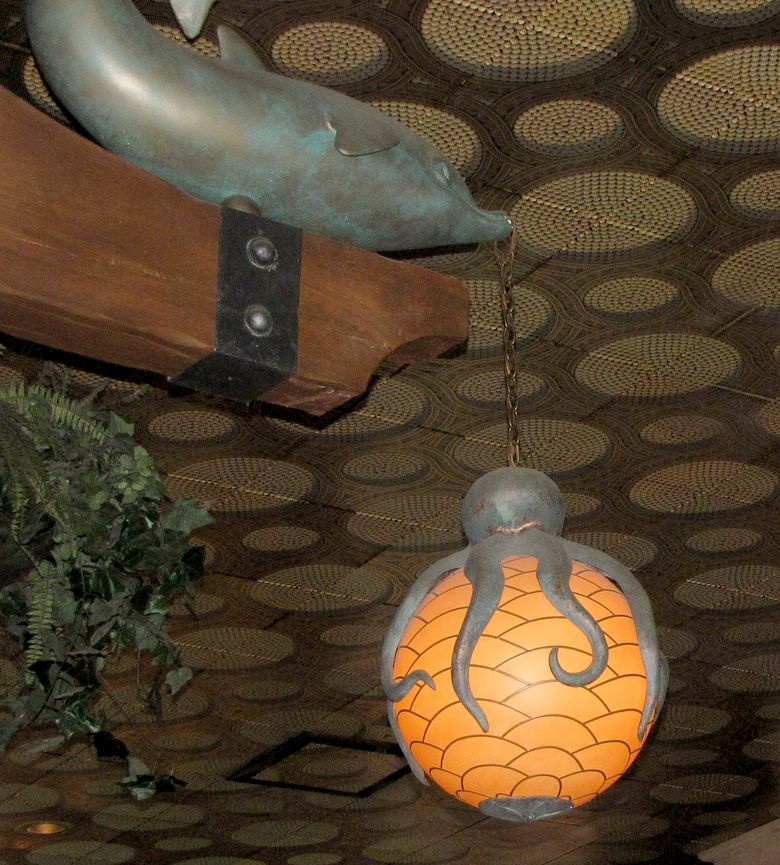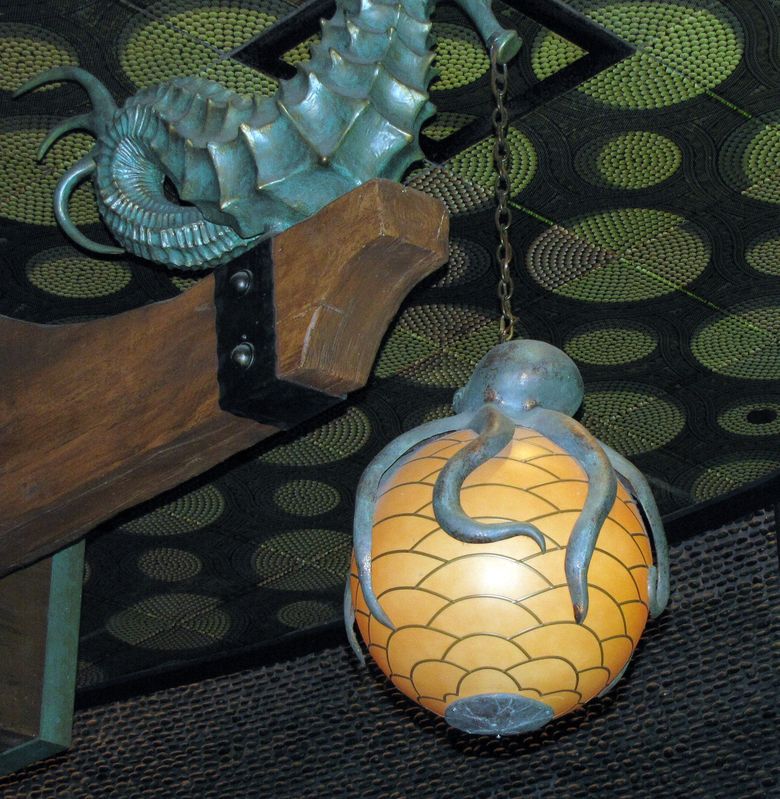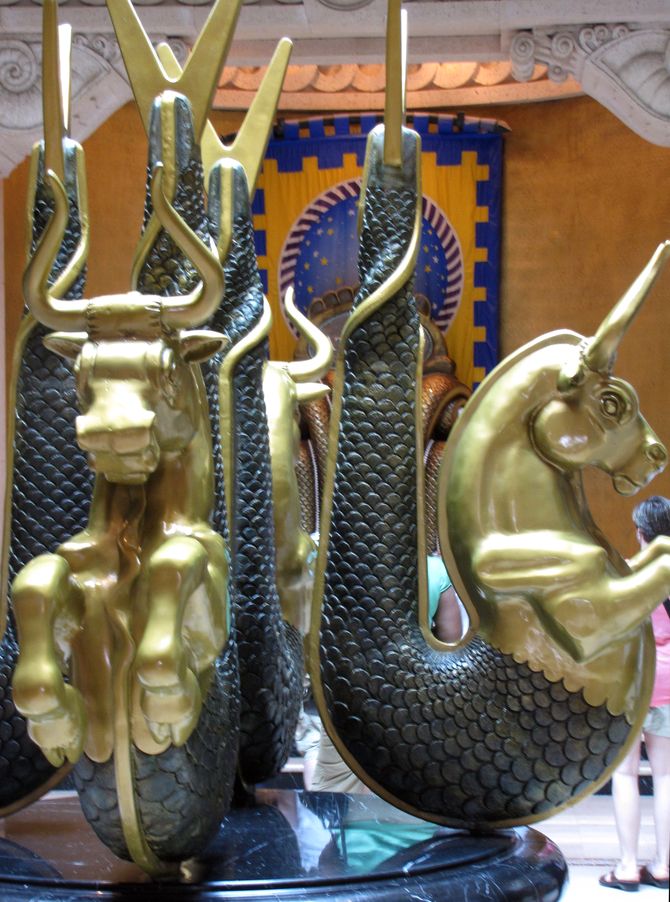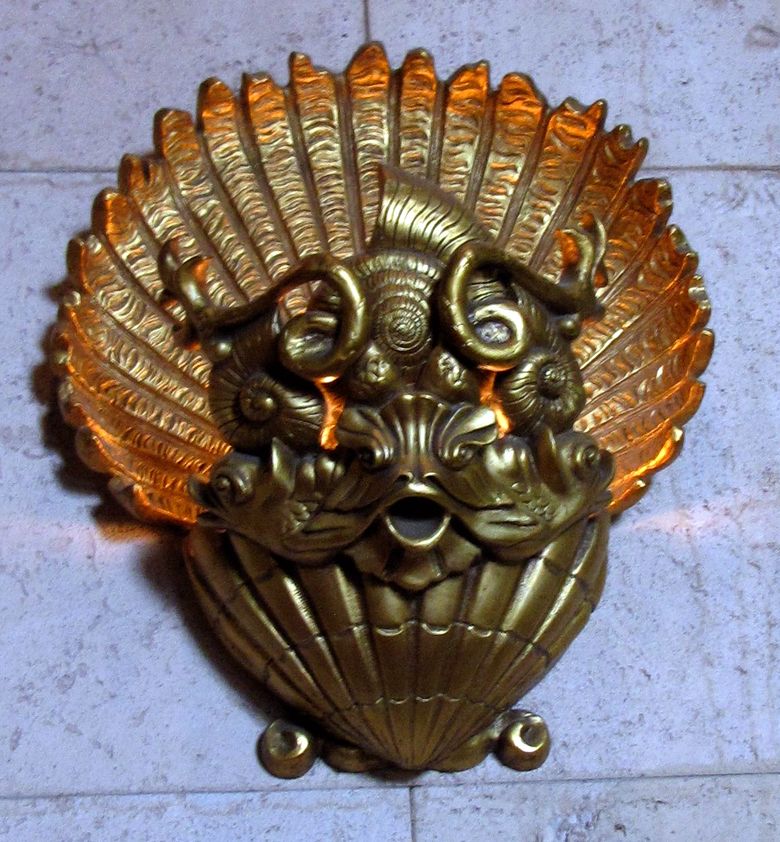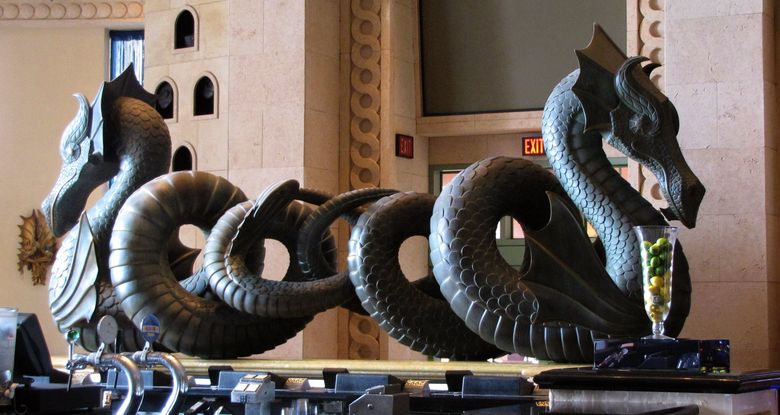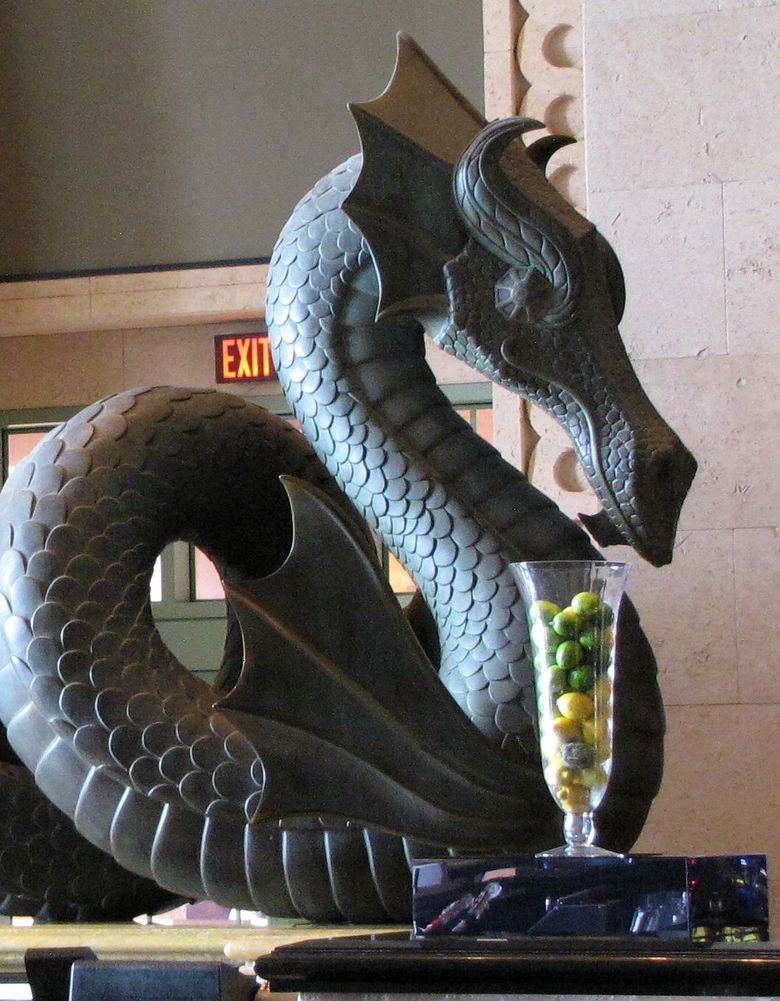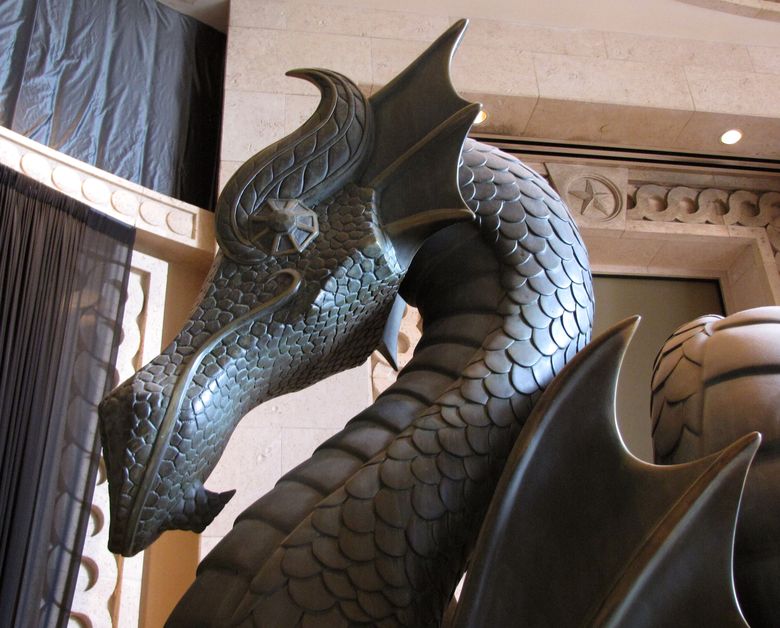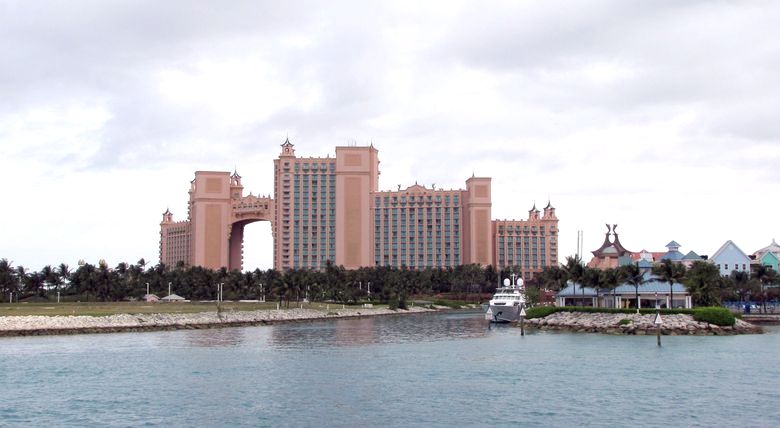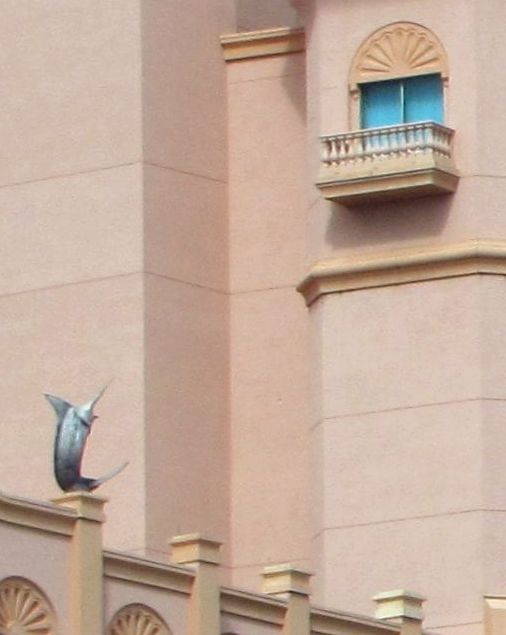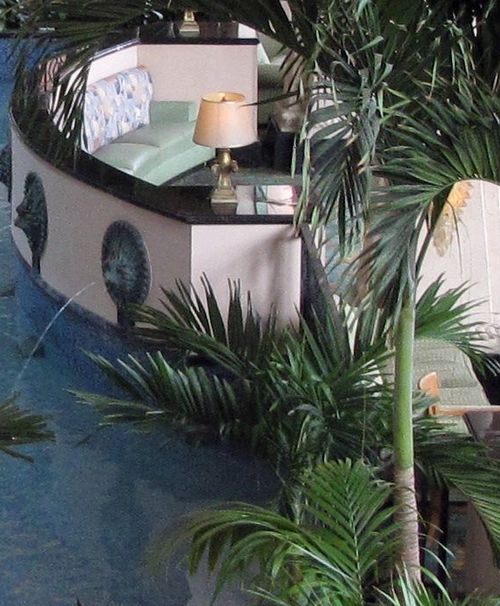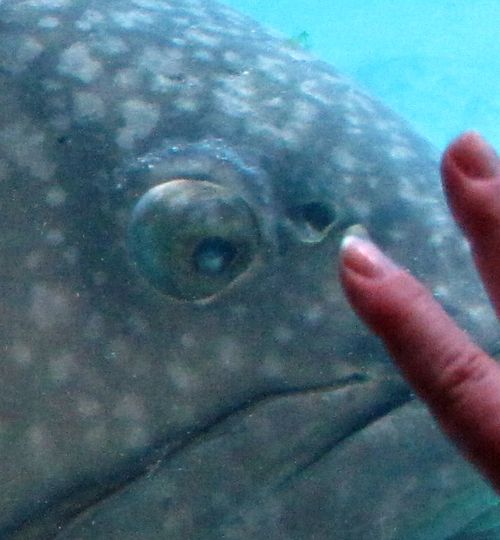Site Links
- Oasis Index Page
- The Ports
-
 Fort Lauderdale
Fort Lauderdale -
 Nassau
Nassau  Excursion: Atlantis Resort
Excursion: Atlantis Resort-
 Charlotte Amalie
Charlotte Amalie - Excursion: Screamin’ Eagle jet boat ride
-
 Philipsburg
Philipsburg - Excursion:America’s Cup Regatta
Atlantis Resort and Casino
Inspired by the idea of ancient Atlantis, this resort and waterpark was created by South African hotel magnate Sol Kerzner and Kerzner International Limited. Paradise Island first opened its Coral and Beach Towers as the Trump Plaza, then changed its name to Atlantis when the Royal Towers were built.
The Dig is a series of aquariums located beneath the lobby of the Royal Towers and is the world's largest open air marine habitat. Hundreds of different aquatic species can be spotted in the Dig’s various tanks such as angelfish, sharks, manta rays, and various types of jellyfish. The goal of The Dig is to provide guests with a taste of life in the legendary destroyed city of Atlantis. If one observes the bottom of the floors in the different aquariums, wreckage and debris will be scattered about representing the “Lost City of Atlantis.”
A Predator Lagoon is full of sawfishes, barracudas and stingrays. A 100-foot (30 m) clear acrylic tunnel runs underwater, allowing visitors unobstructed views of the marine environment.
Note: The text under some pictures is from the Atlantis website.
Arrival and ferry ride over
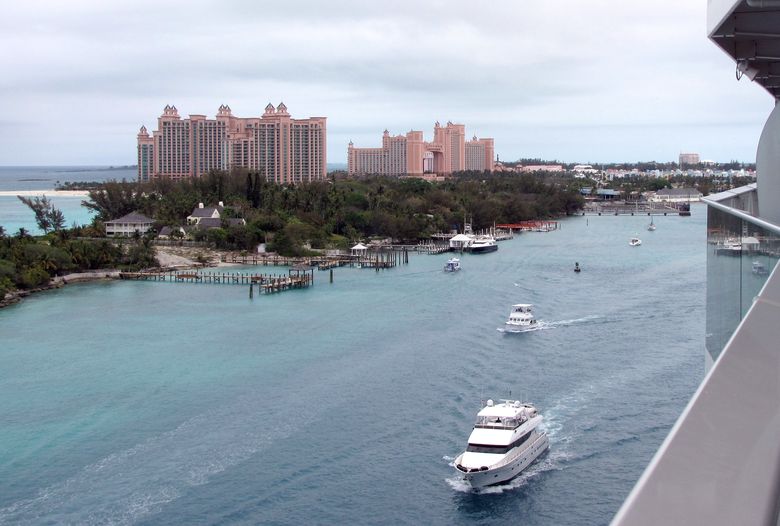
The view from our balcony
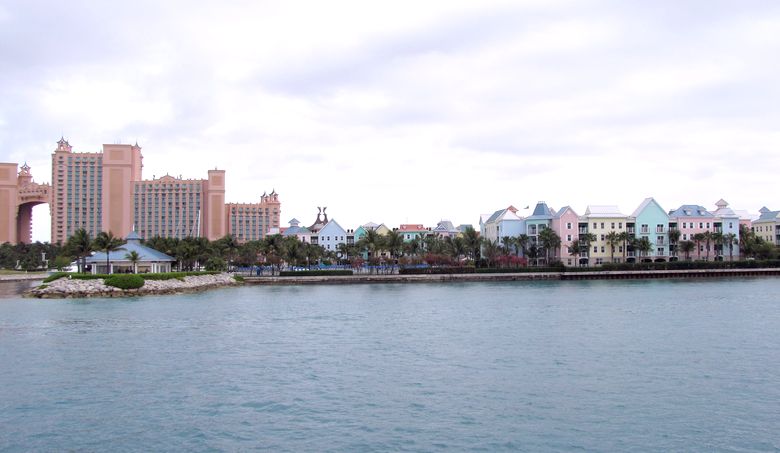
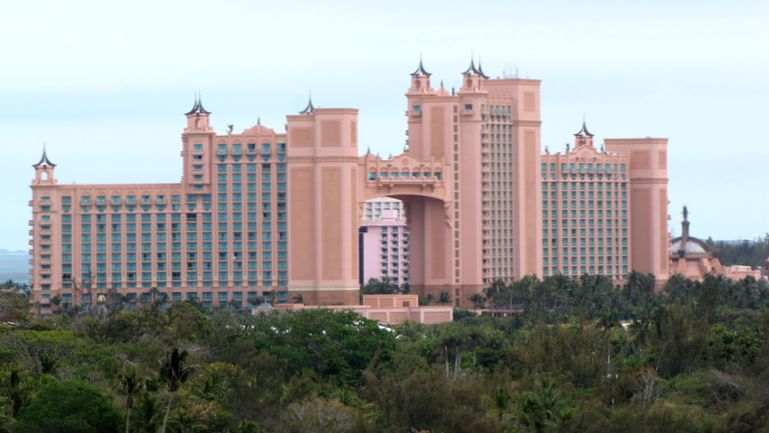
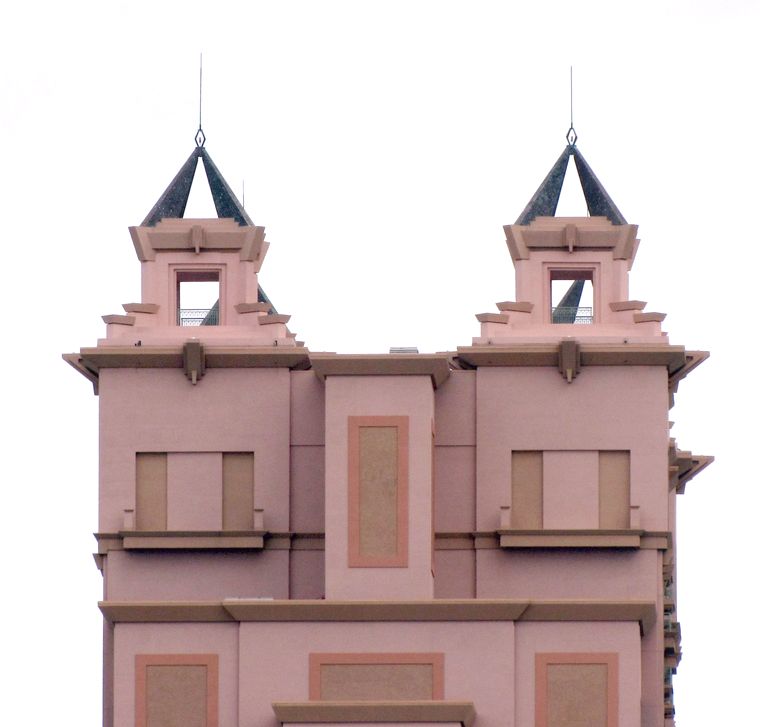
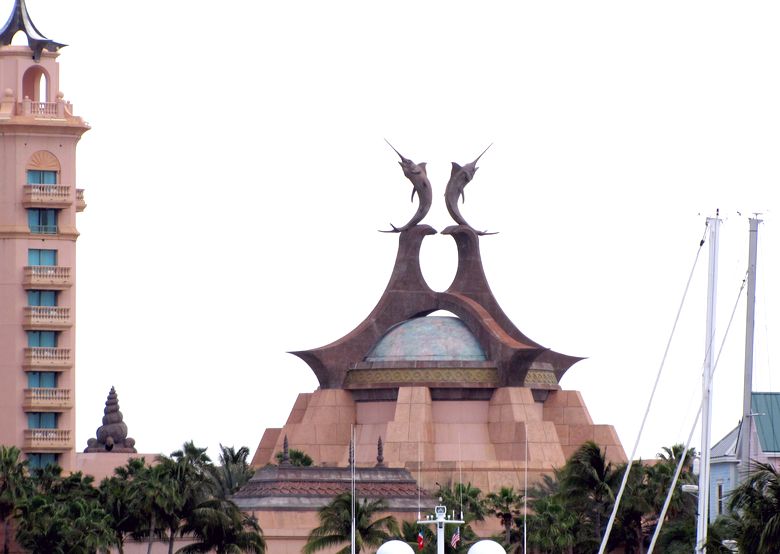
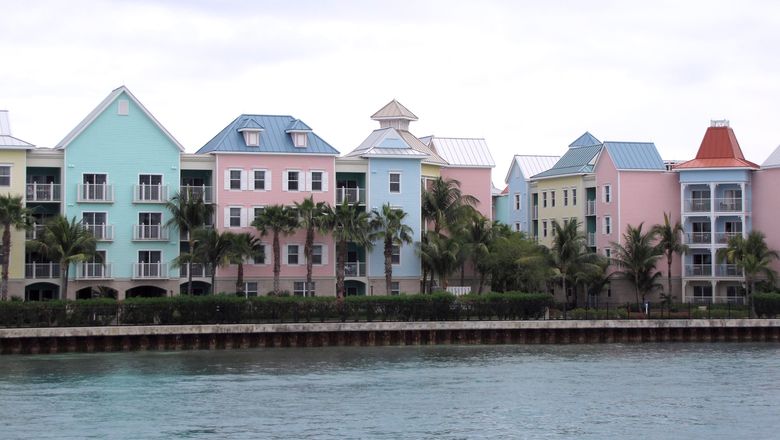
Touring Atlantis
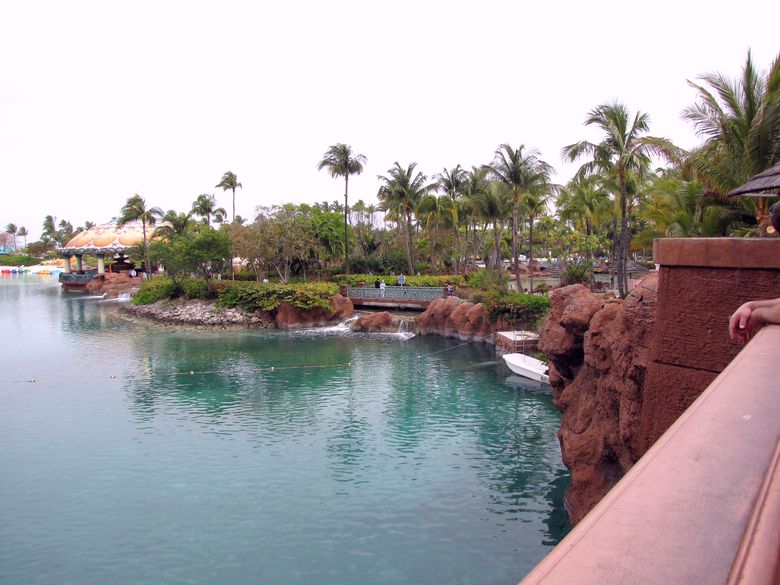
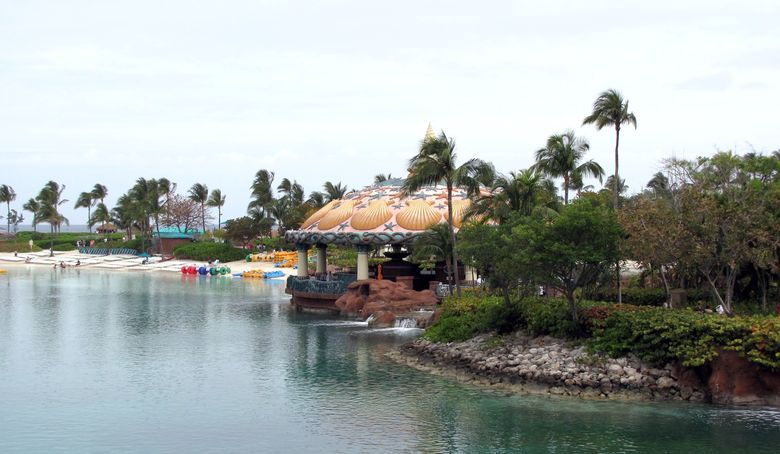
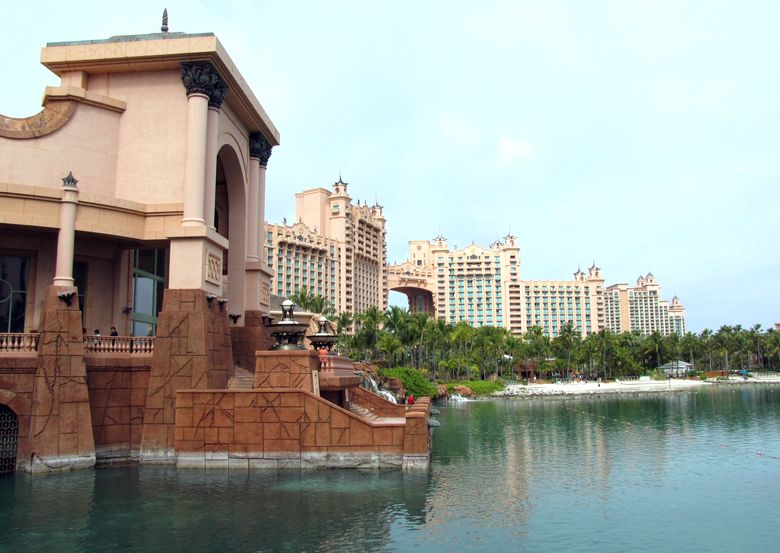
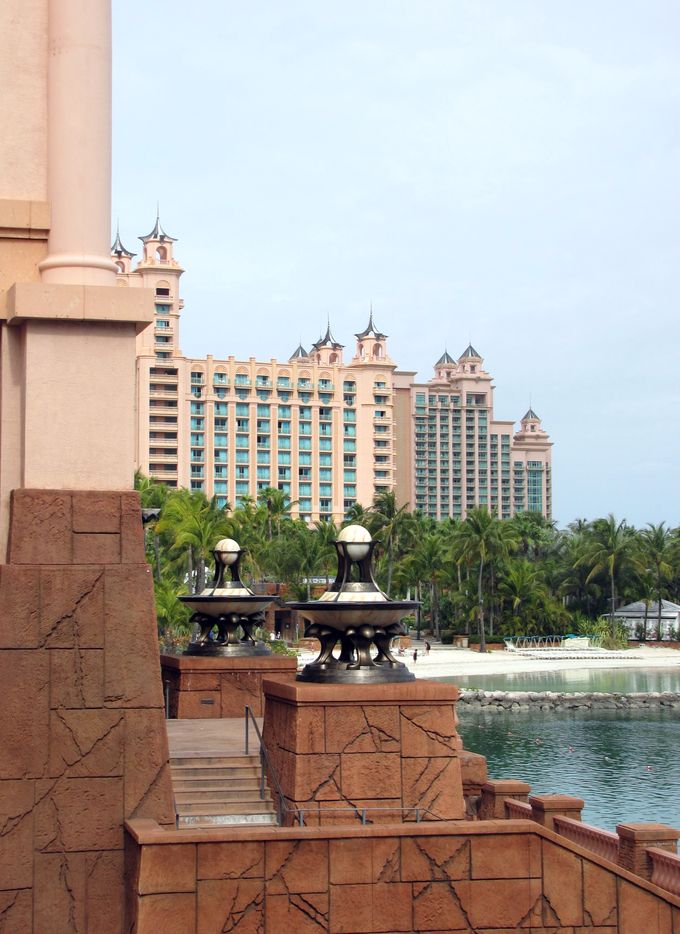
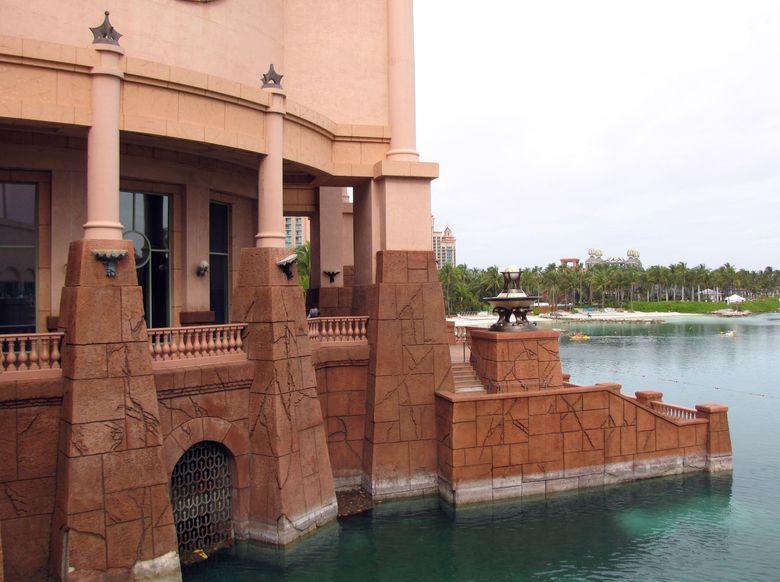
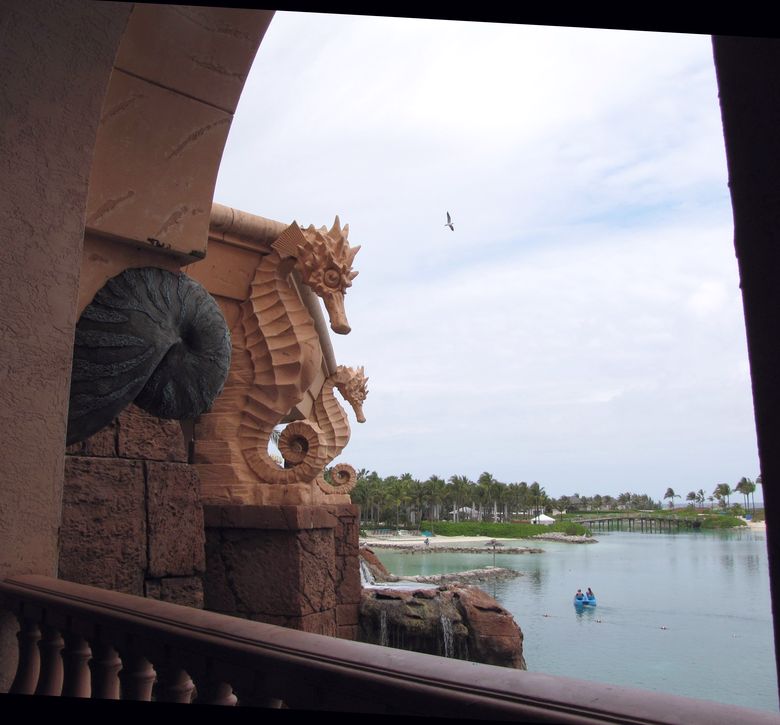
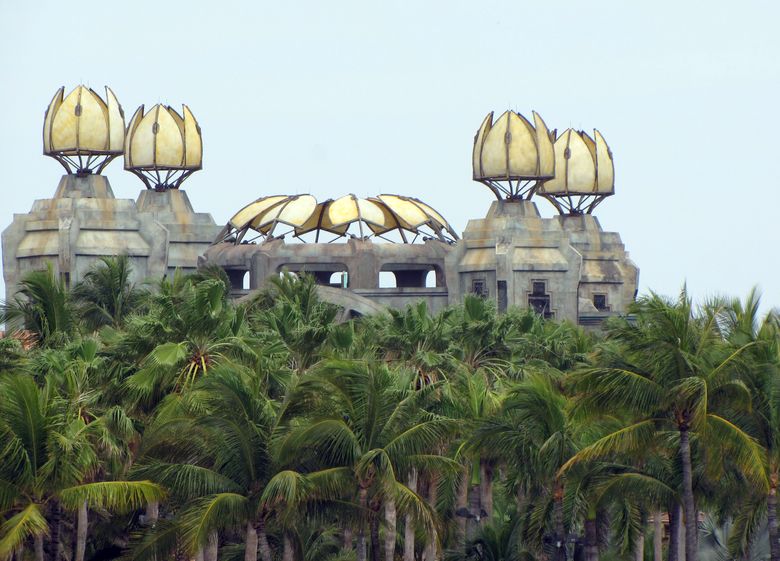
Bad for the folks who bought that excursion, but the water slides were apparently broken during our visit!
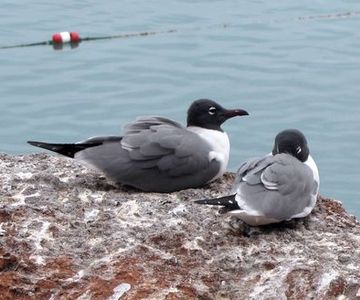
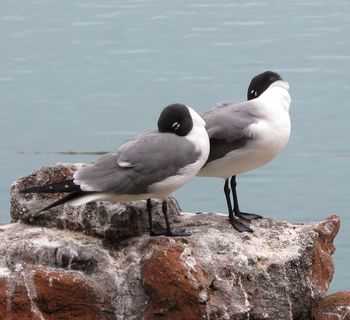
The Laughing Gull, Larus atricilla, is a medium-sized gull of North and South America. It breeds on the Atlantic coast of North America, the Caribbean, southern California, USA, and northern South America. The Laughing Gull’s English name is derived from its raucous kee-agh call.
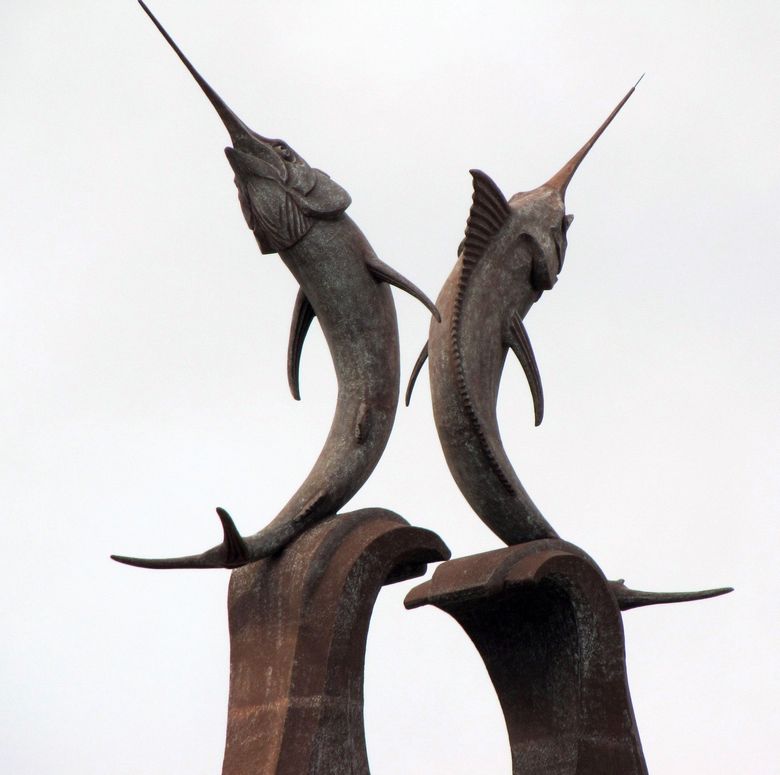
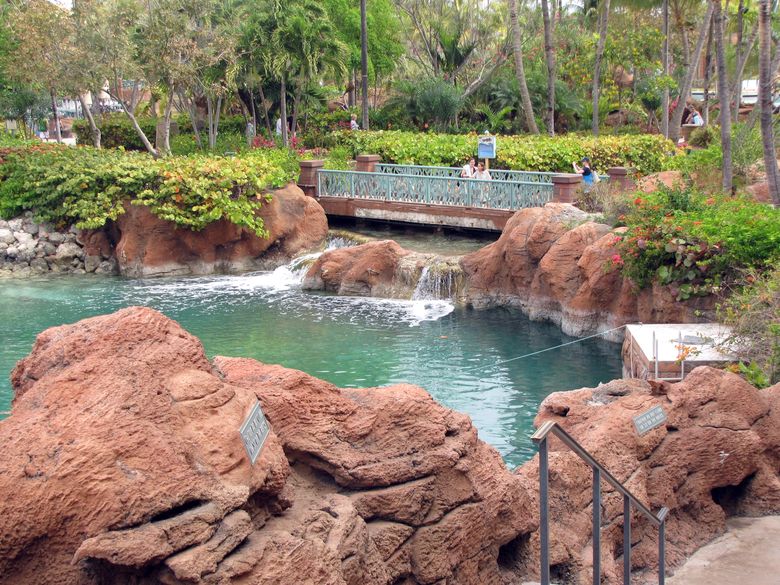
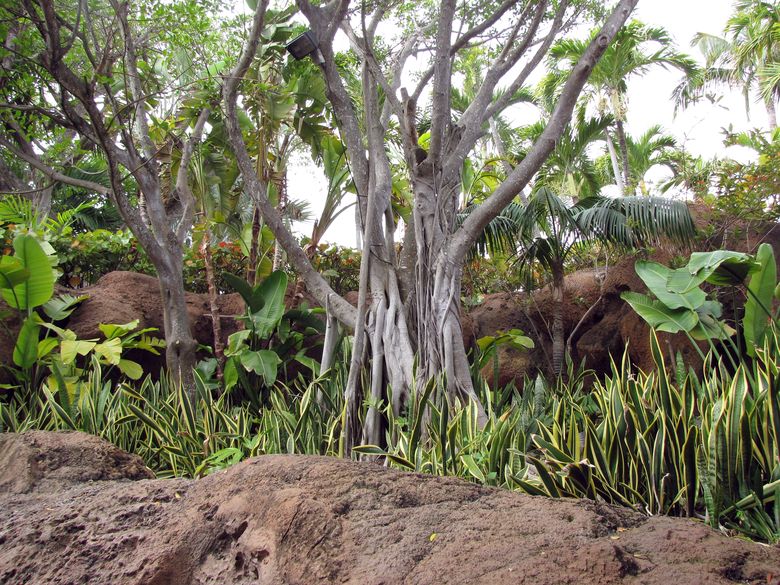
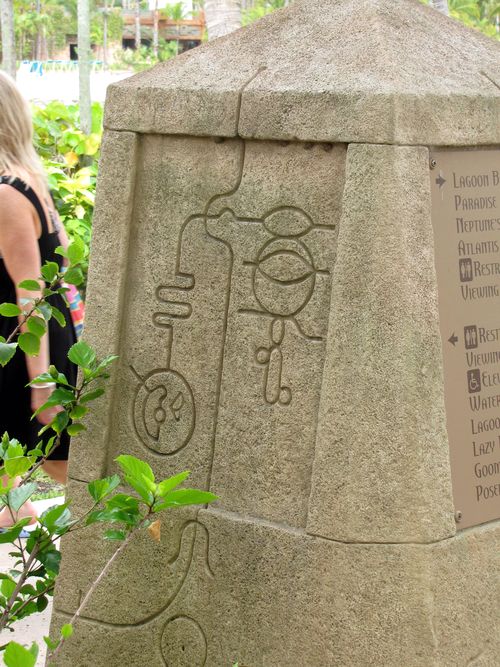
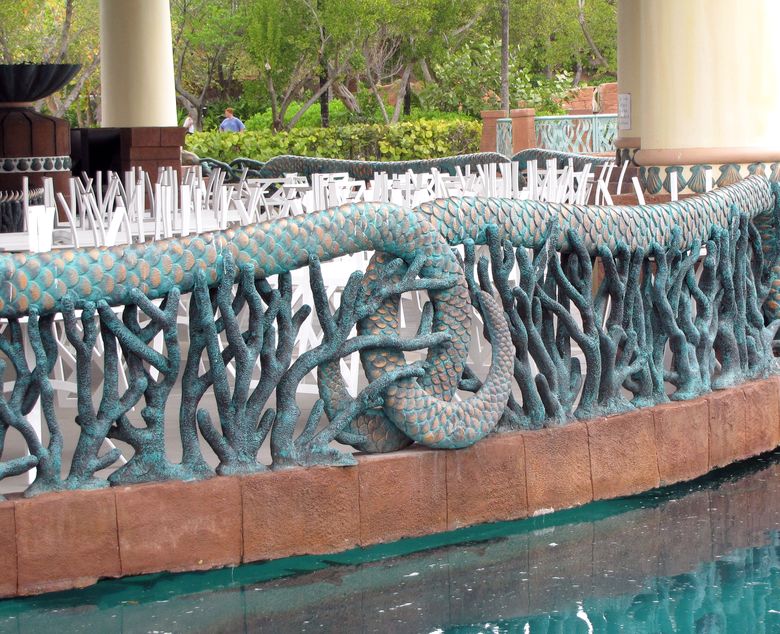
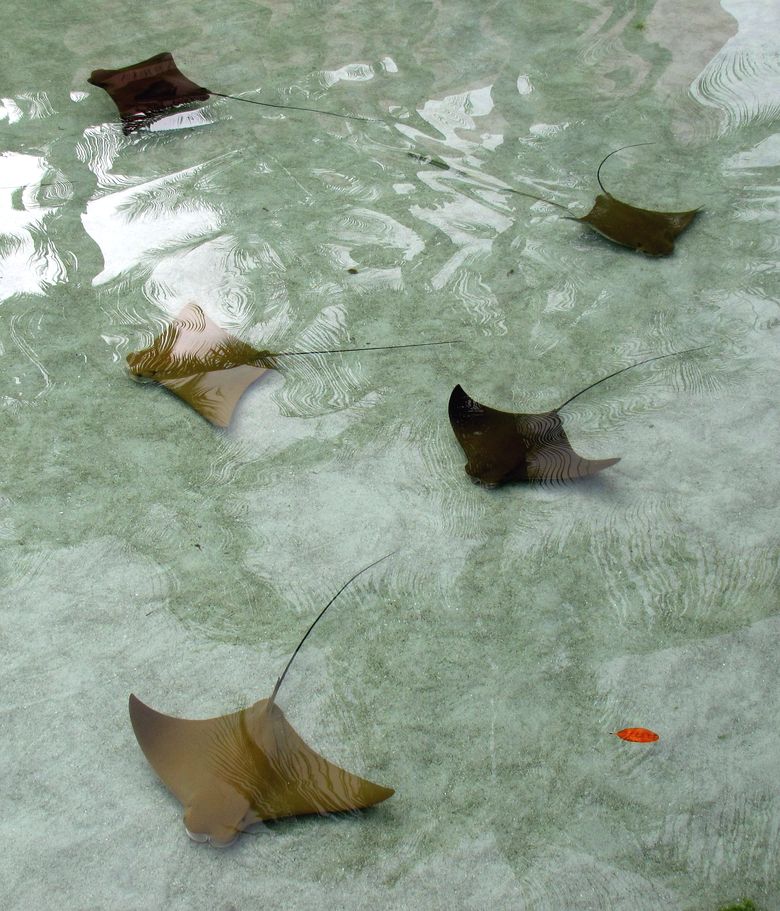
Water’s Edge Lagoon The migratory cownose ray Rhinoptera bonasus schools for protection and this confuses potential predators that try to single out one individual.
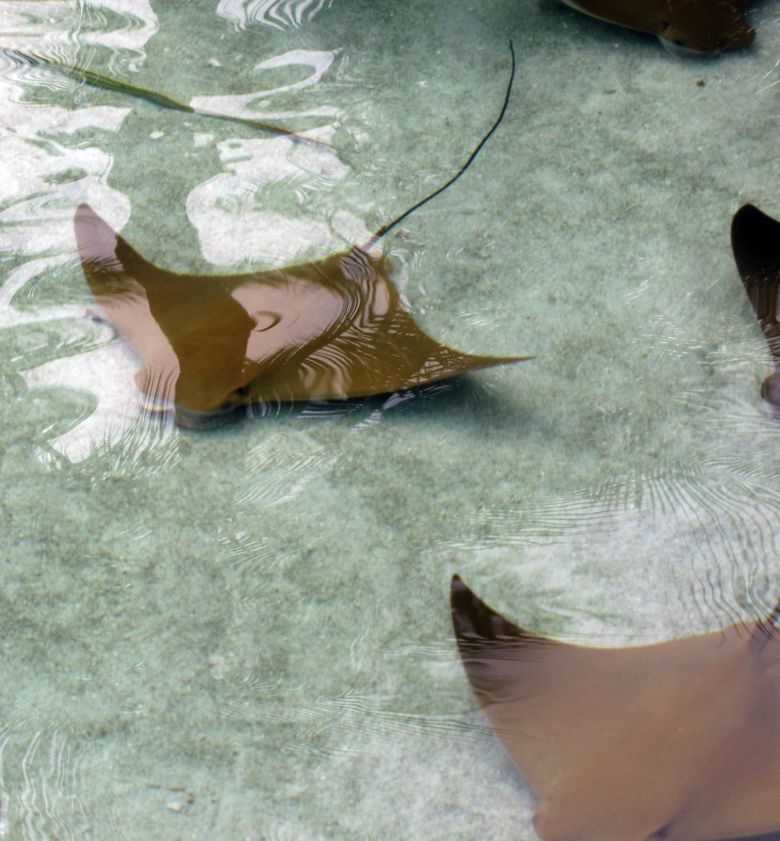
They’re juveniles.
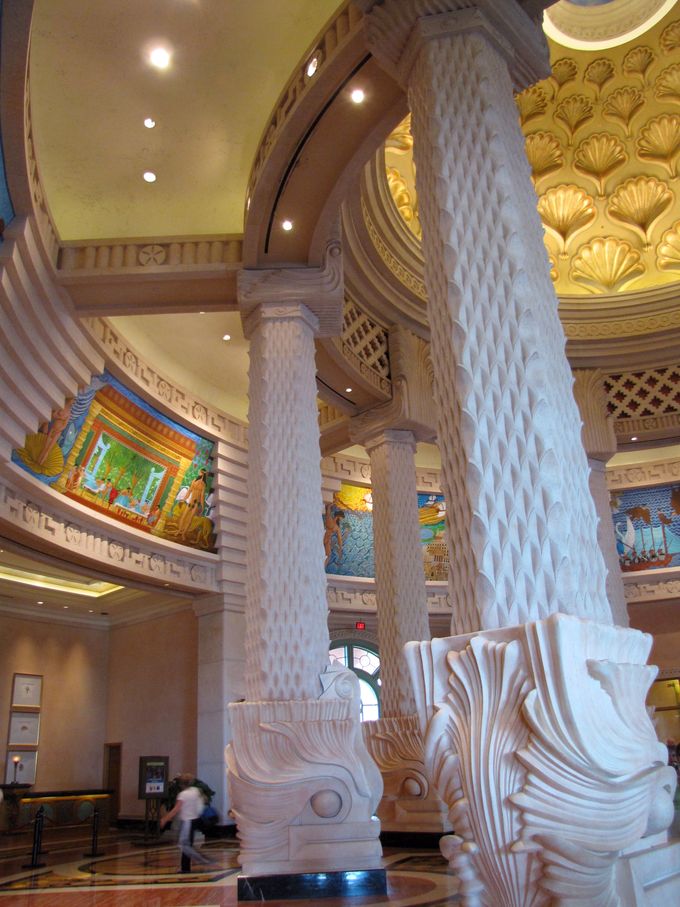
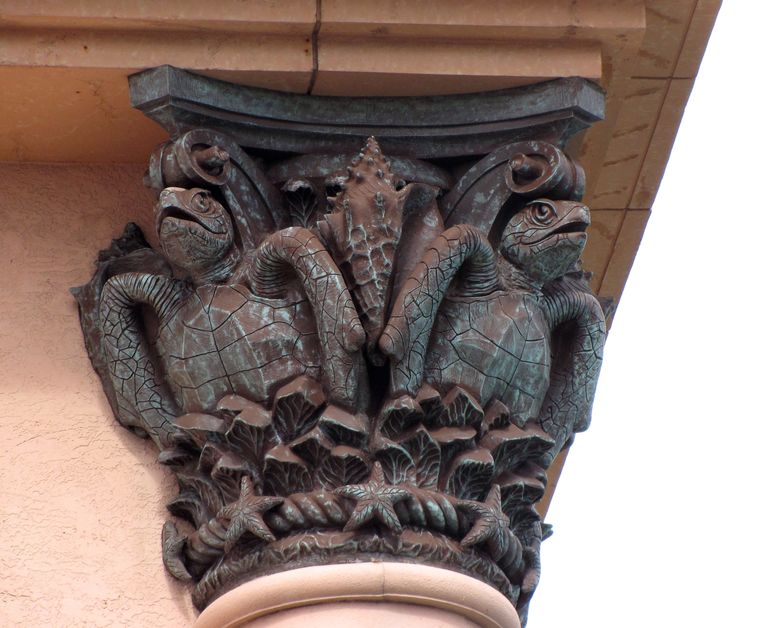
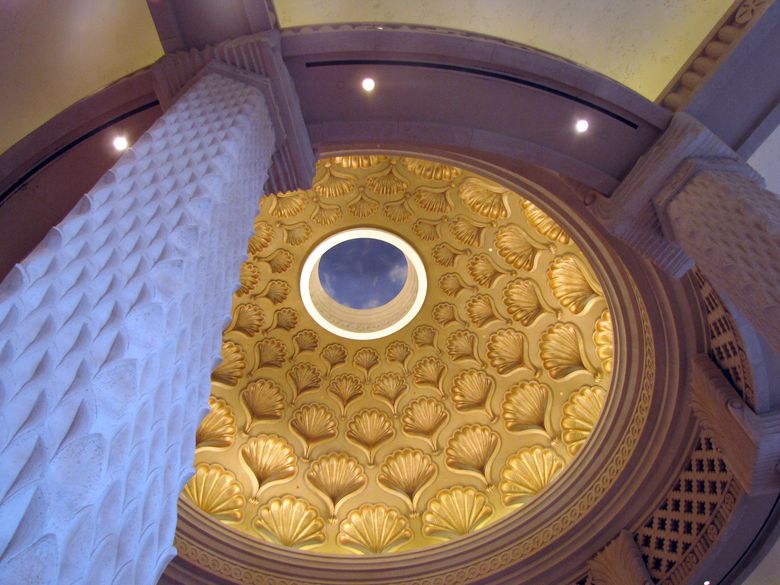
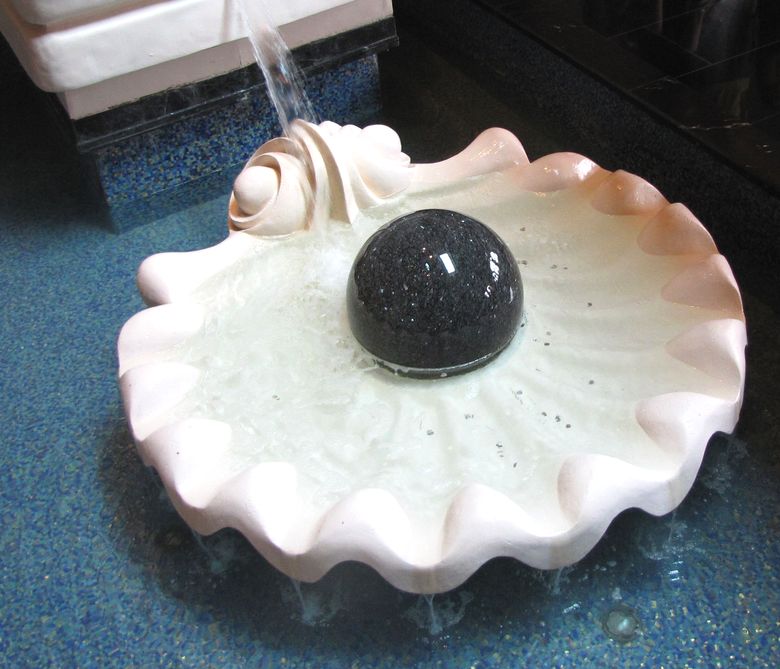
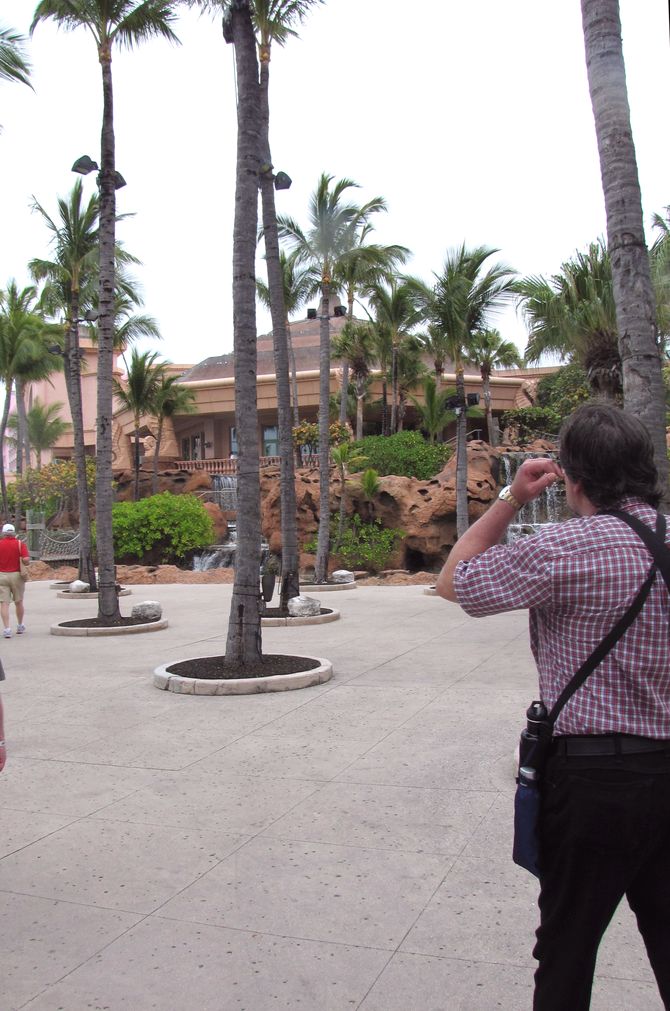
Dale Chihuly glass
About the Chihuly installations at Atlantis
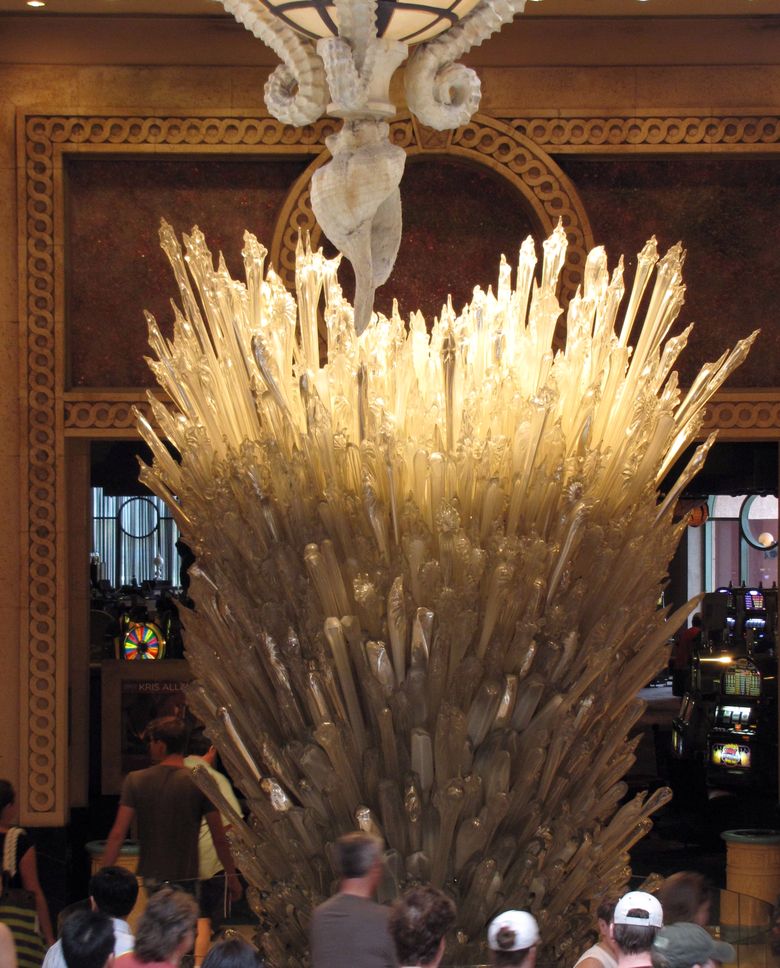
Crystal Gate
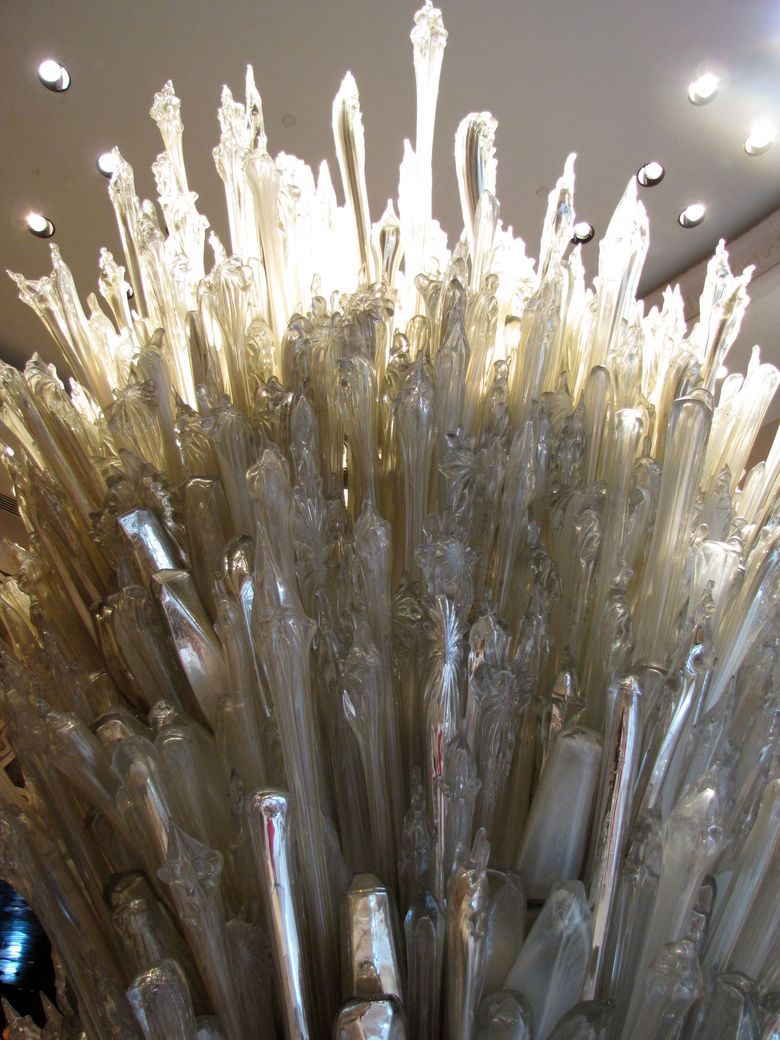
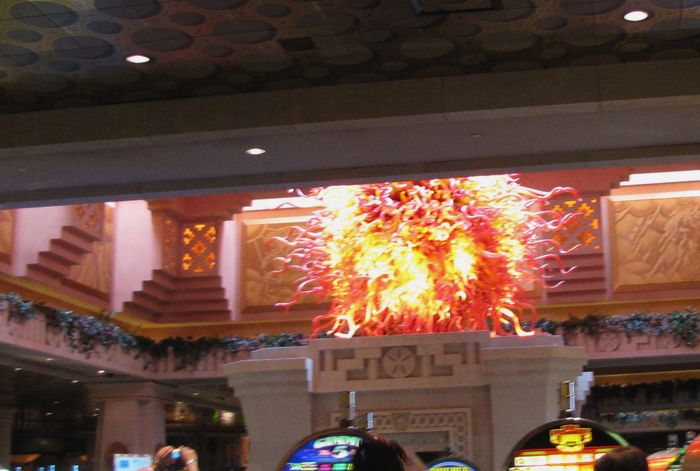
Temple of the Sun
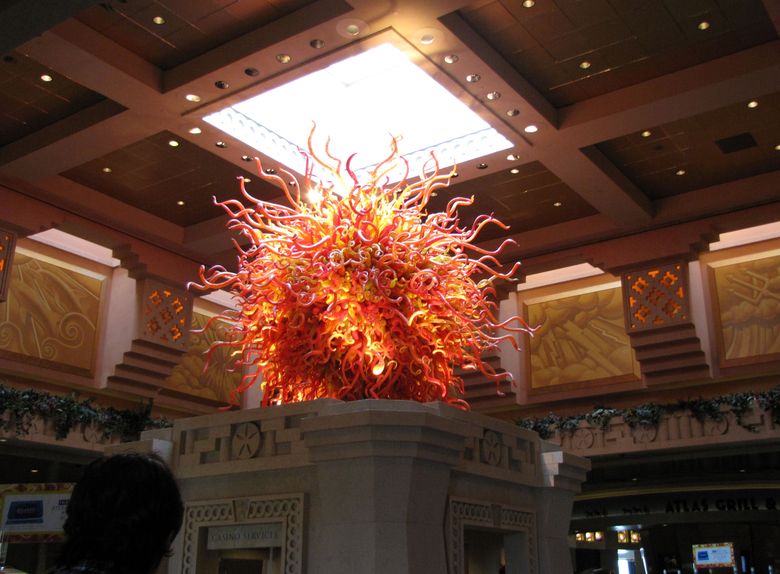
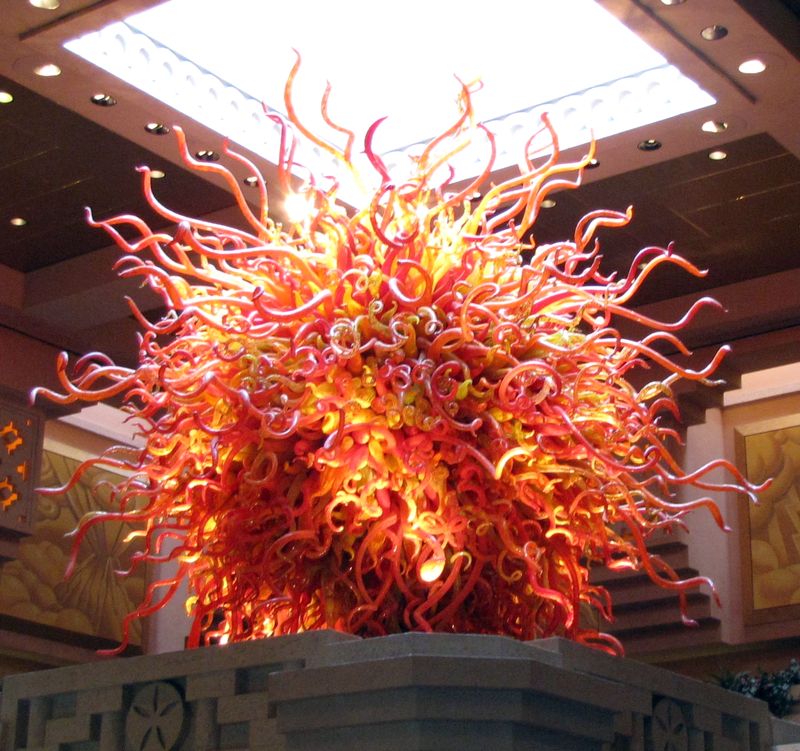
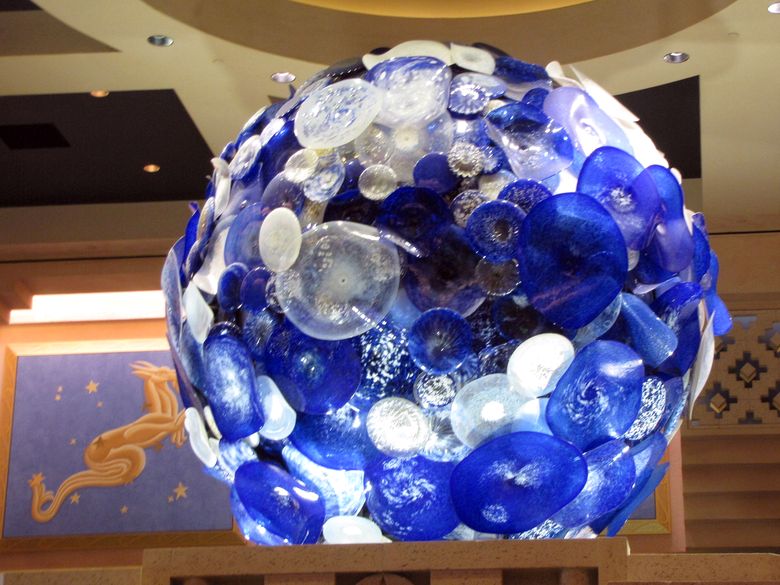
Temple of the Moon
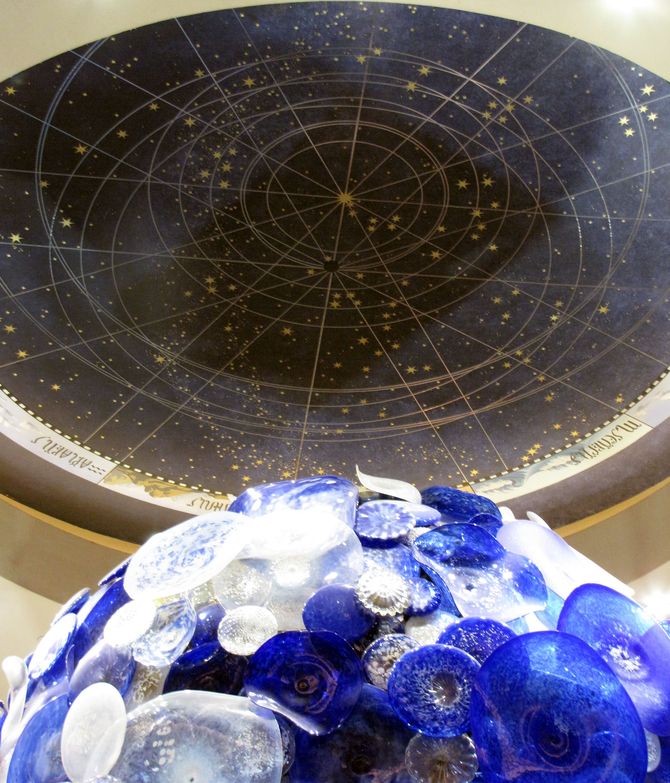
Down into “The Dig”
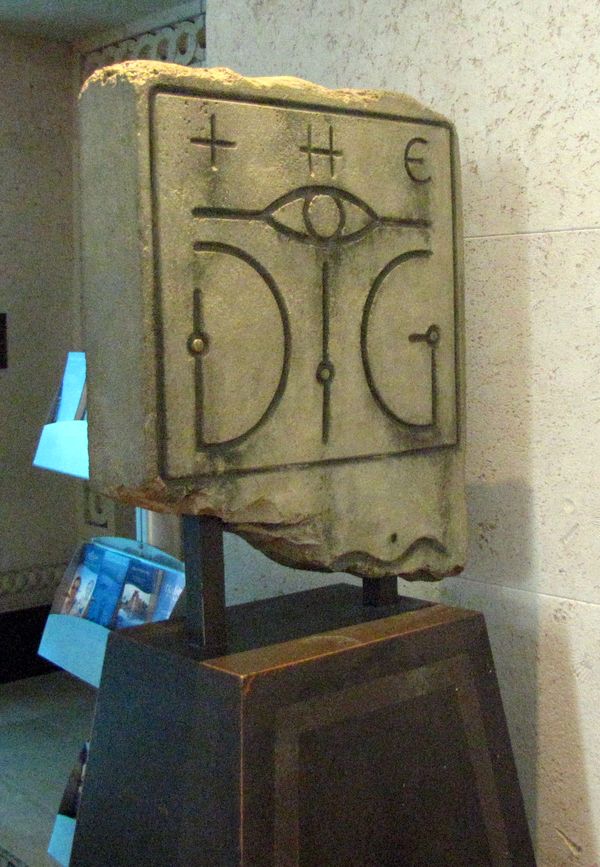
Experience The Dig – an 11,000-year-old lost continent. The Dig provides a unique excursion into a wondrous civilization that is now home to some of the world’s most exotic sea creatures.
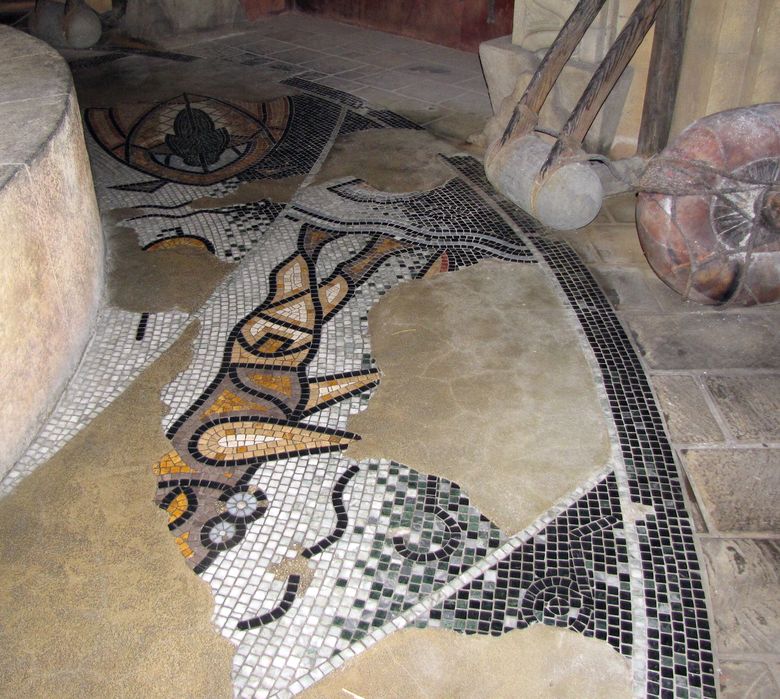
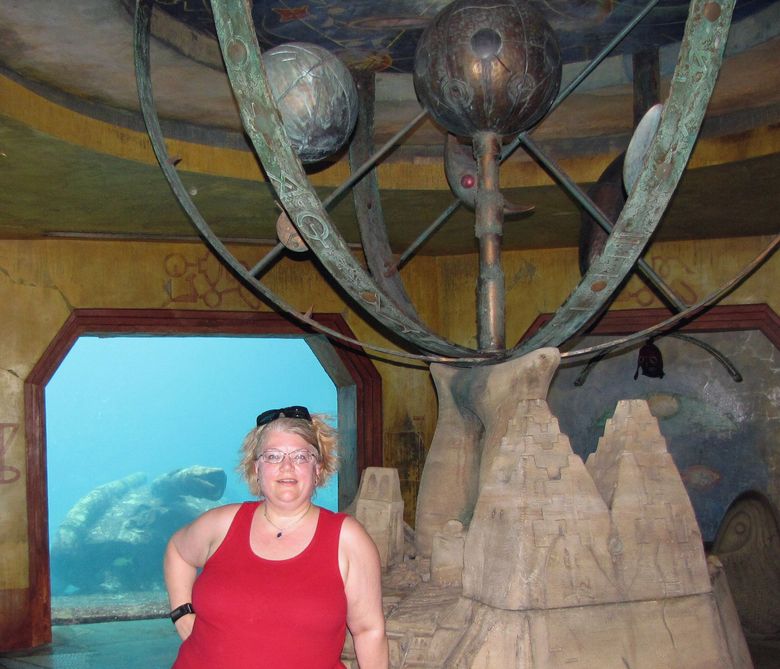
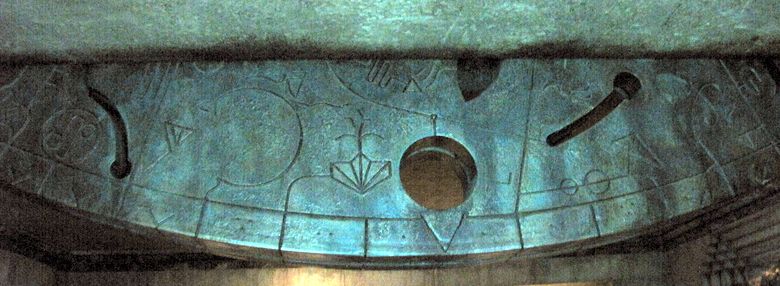
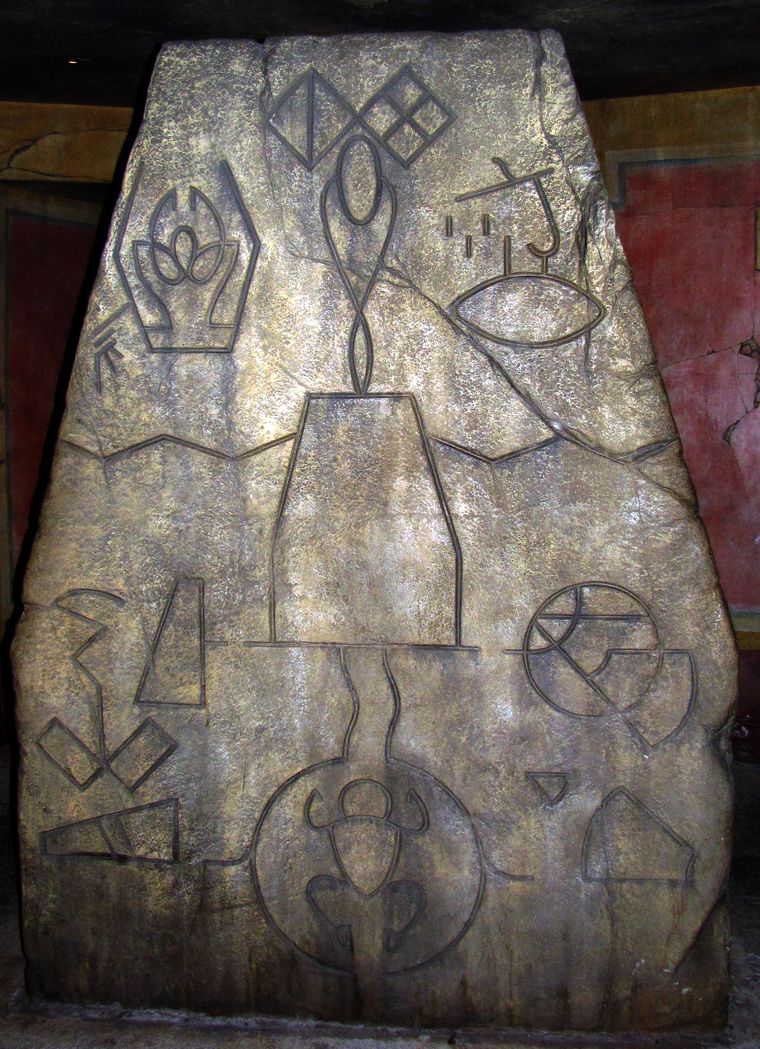
Under the sea!
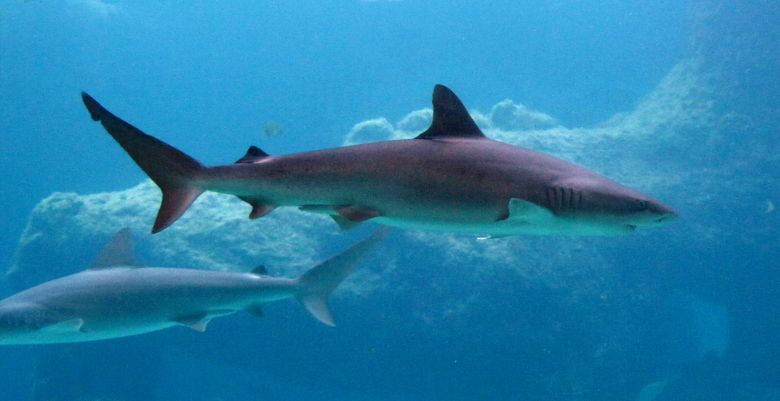
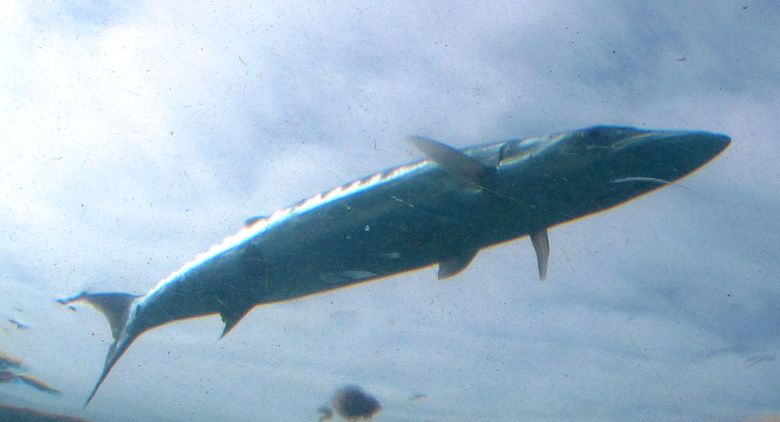
108 million gallons of seawater circulates through the Atlantis animal exhibits everyday
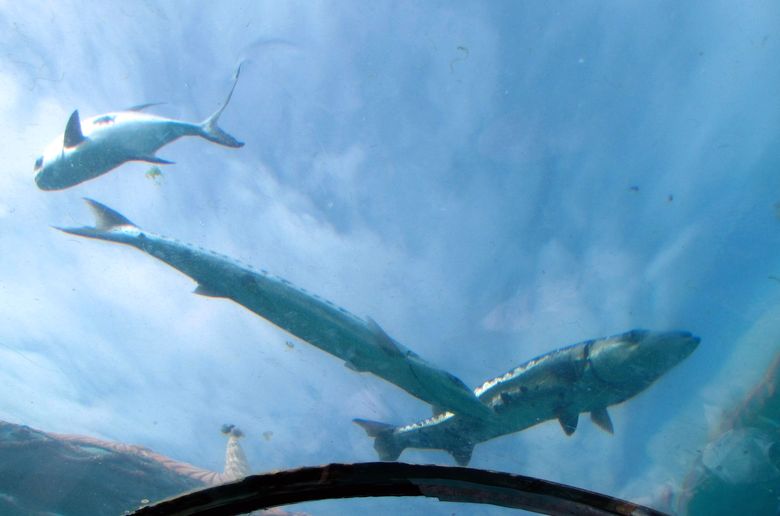

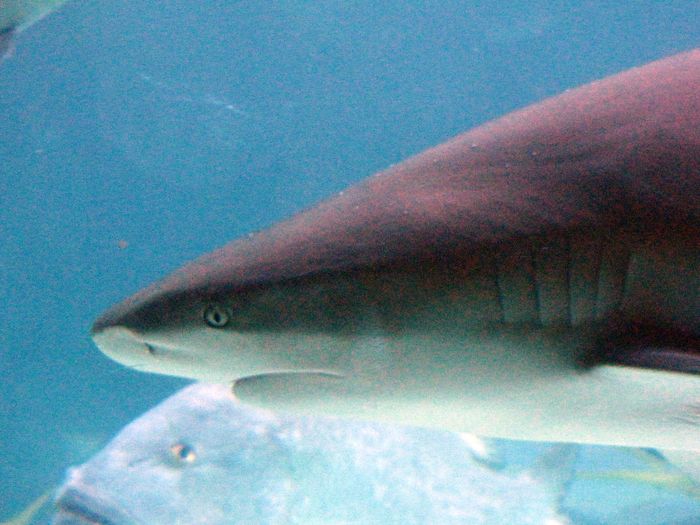
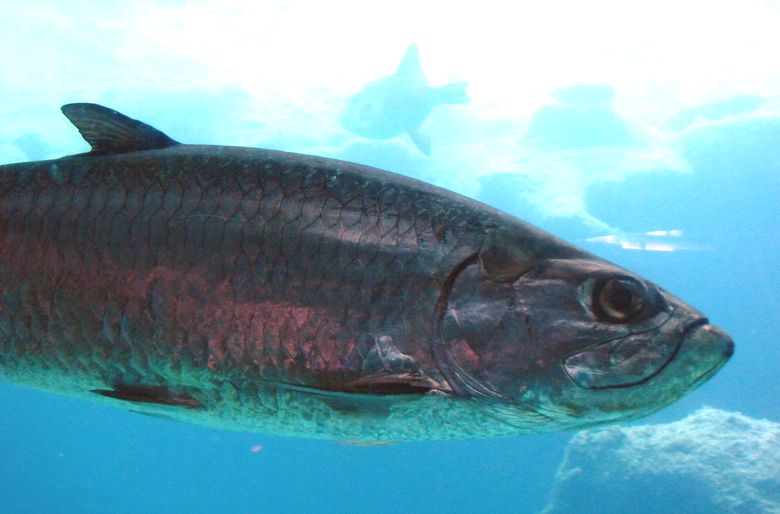
Tarpon! This is what we were feeding before the pre-cruise dinner.
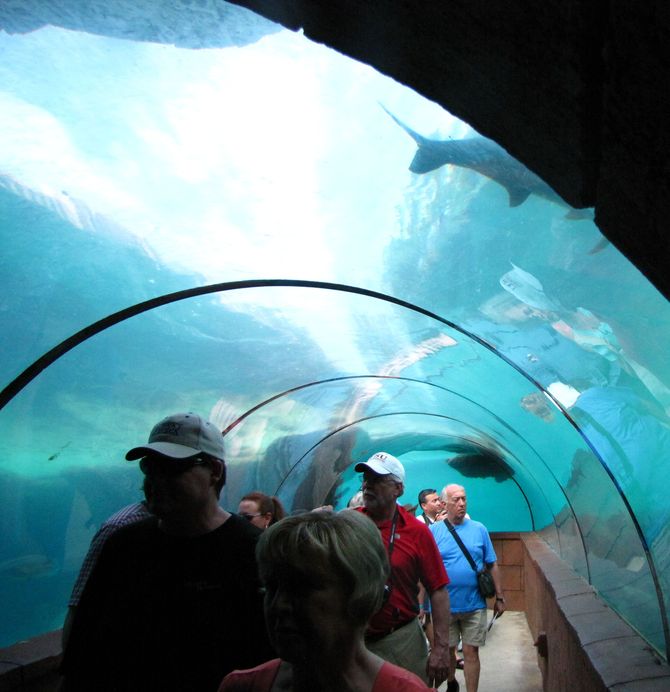
Predator Lagoon Predator Lagoon is a fascinating wildlife habitat under the sea, featuring predominately deeper reef fish. Sharks, barracudas, rays, sawfish and giant grouper live among vibrant schools of fish in a natural environment. Guests can come face to face with the awesome predators as they walk through the 100-foot clear underwater tunnel submerged in the lagoon.
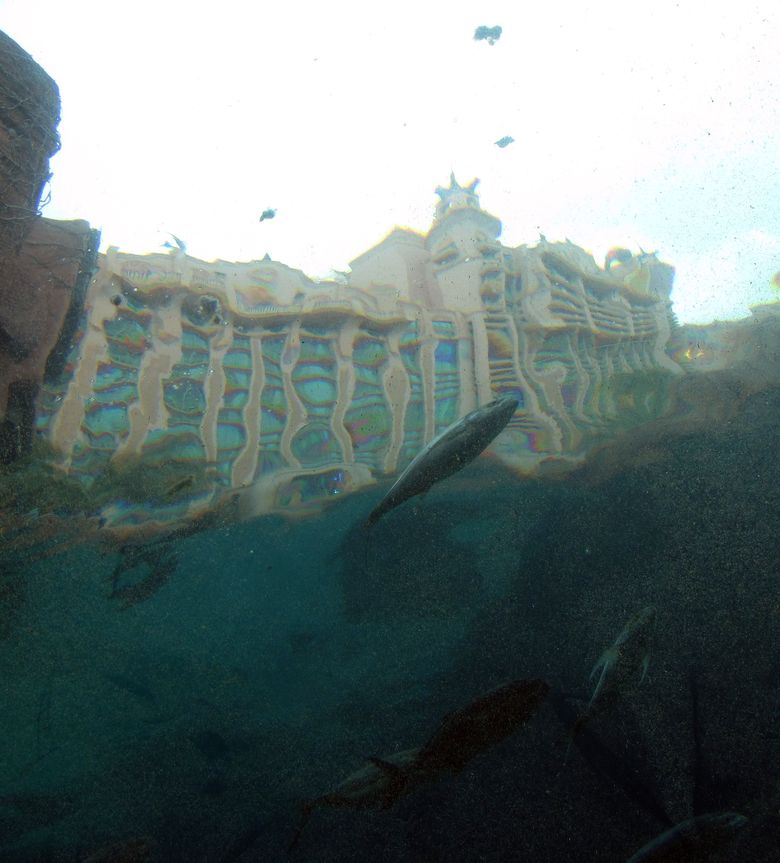
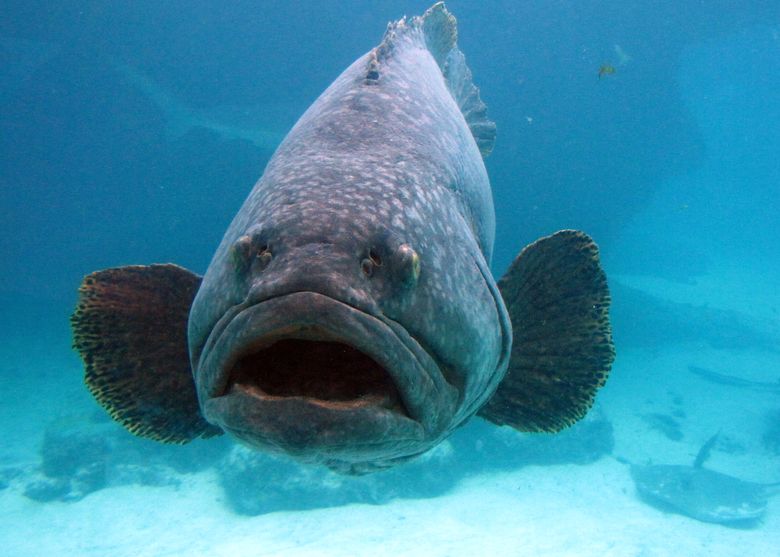
Grouper exhibit The goliath grouper Epinephelus itajara and the Nassau grouper Epinephelus striatus now make their home in what was once a part of the lab. The goliath grouper can grow to more than 8 ft. in length and weight more than 800 lb. Groupers gather annually in huge numbers to spawn on ancestral grounds.
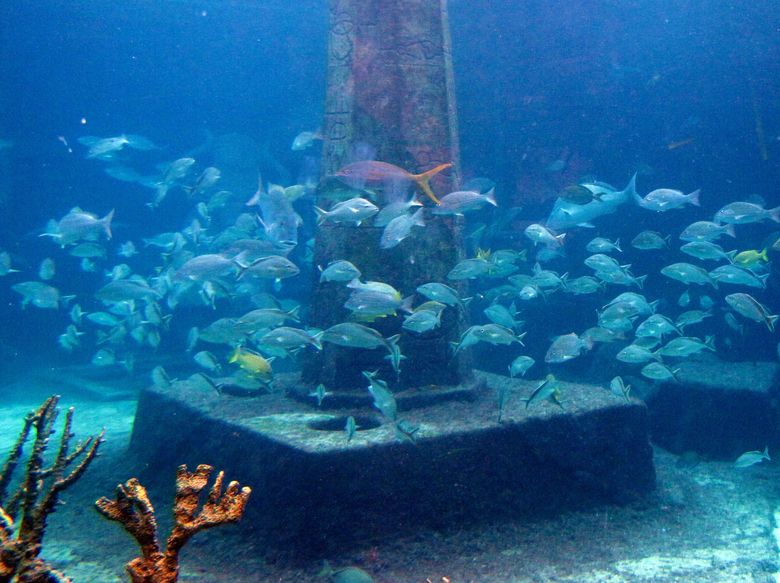
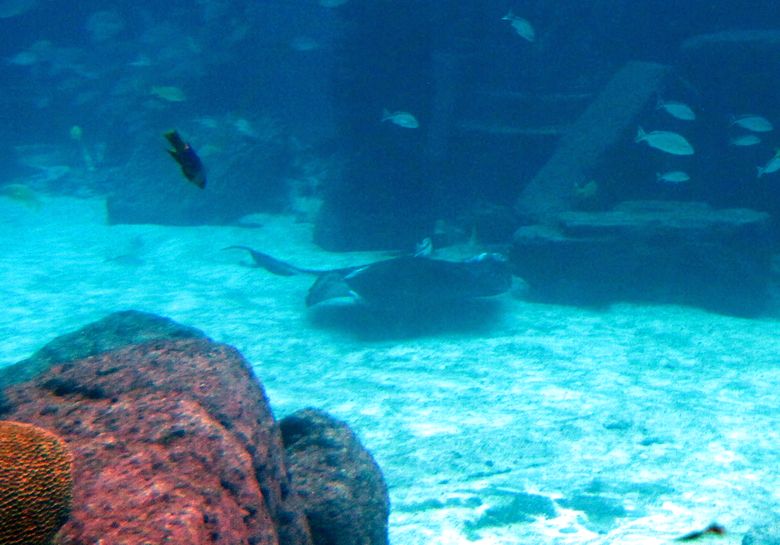
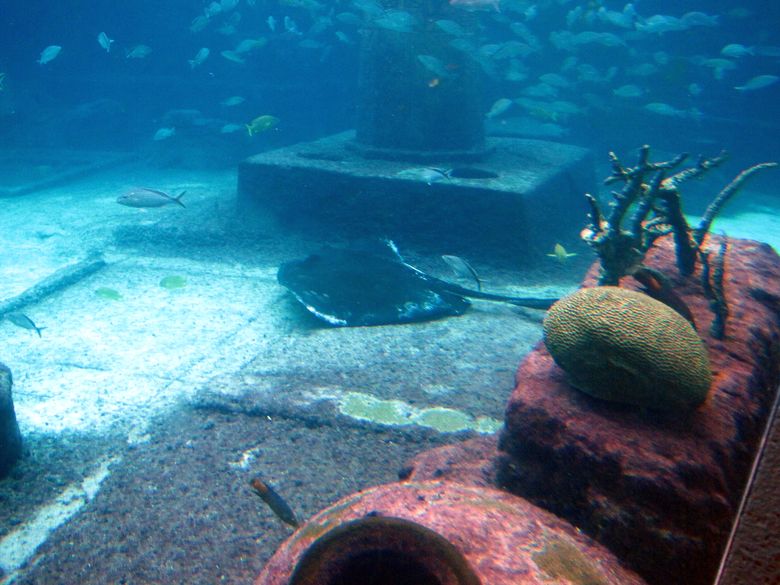
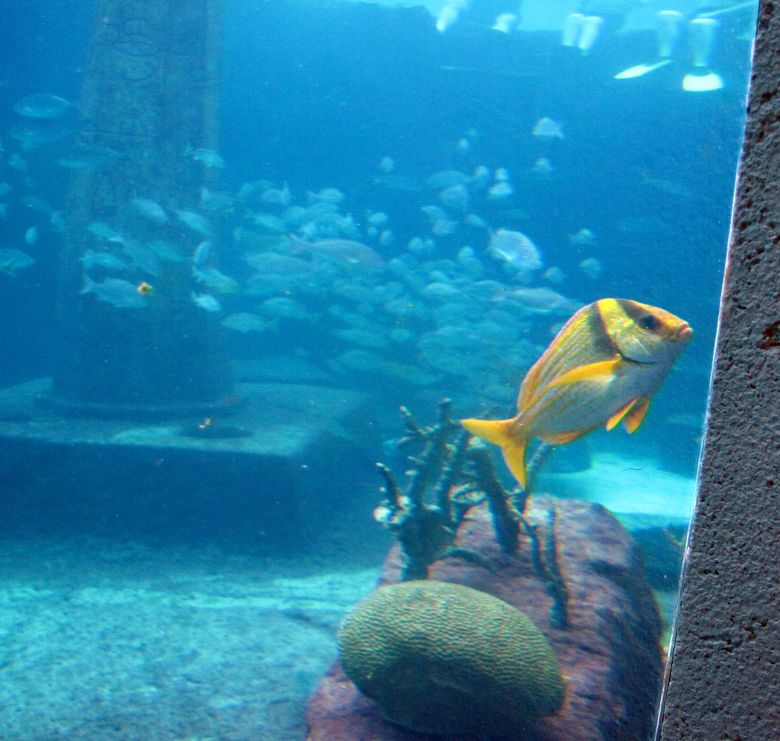
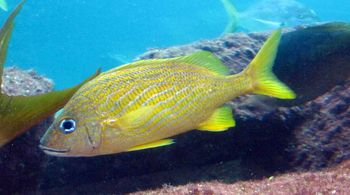
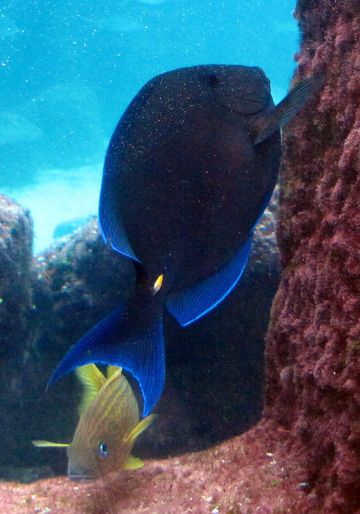
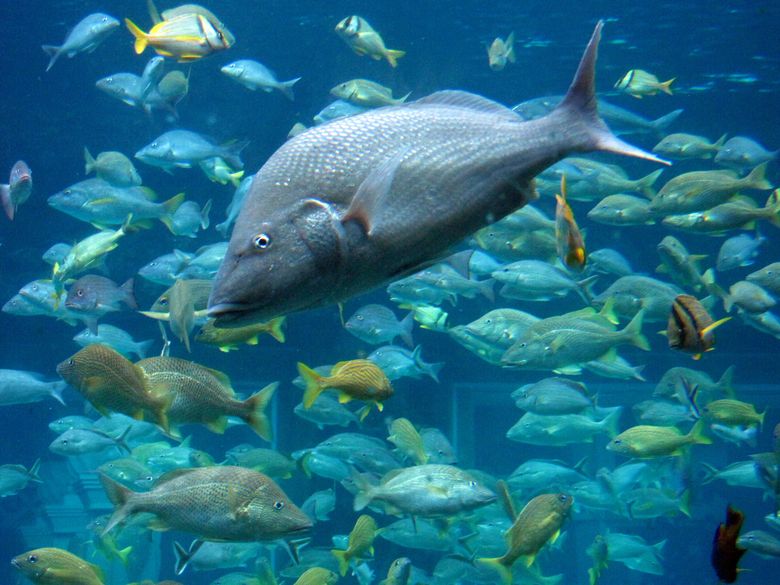
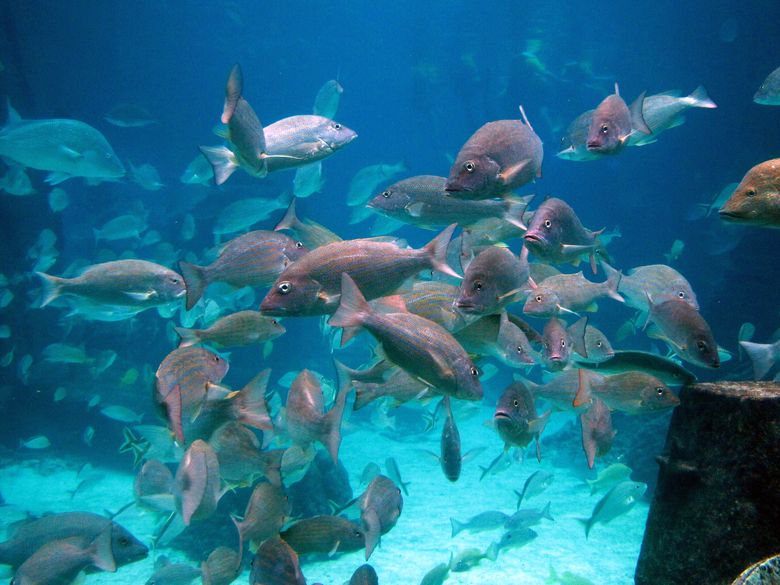
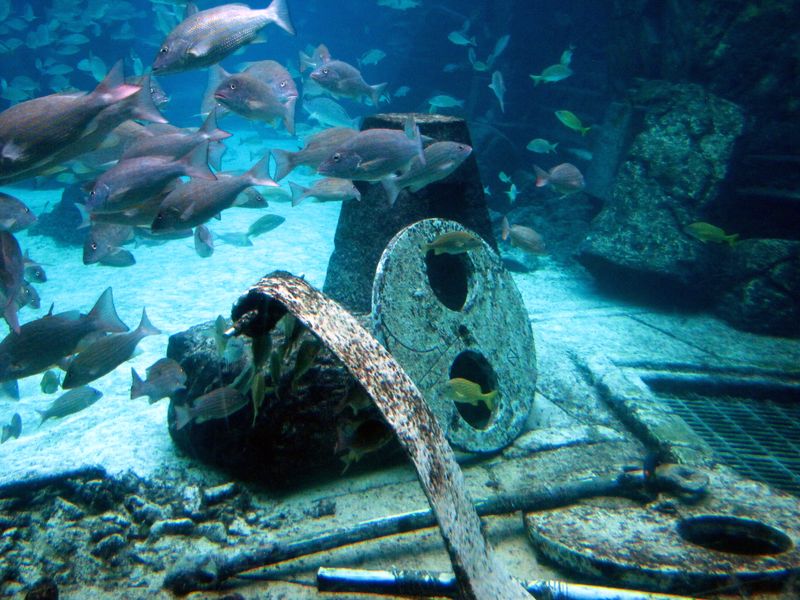
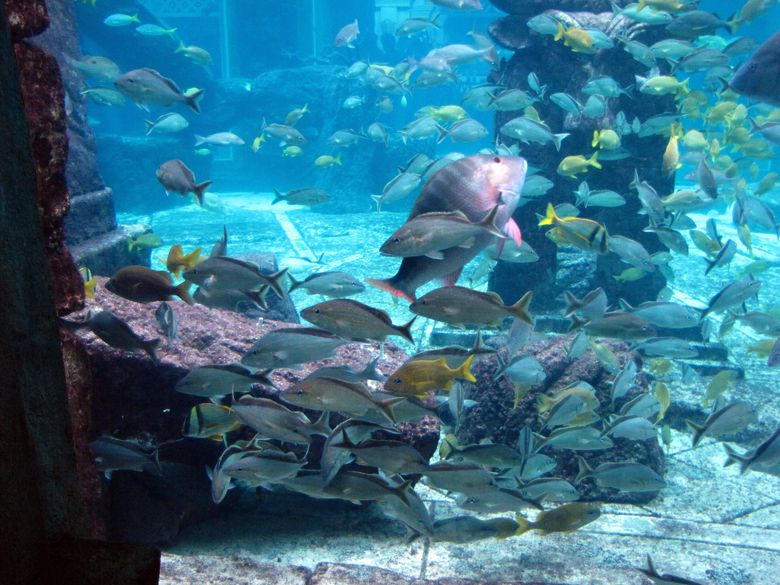
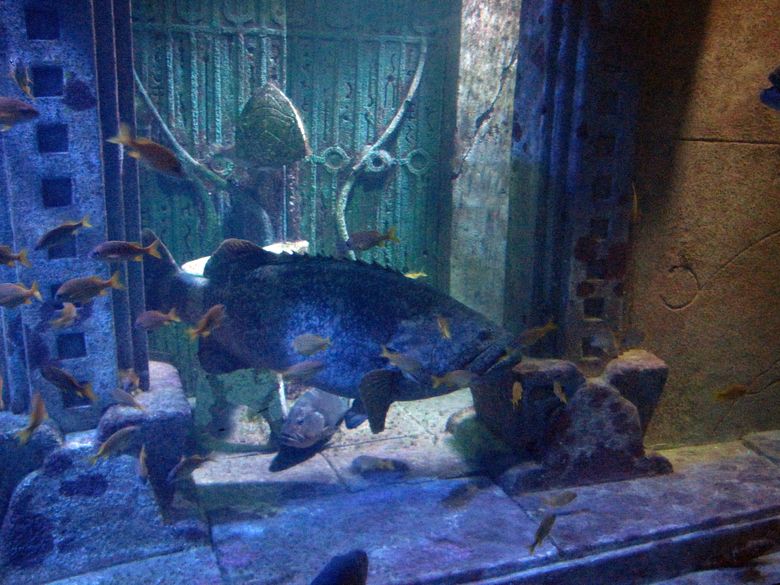
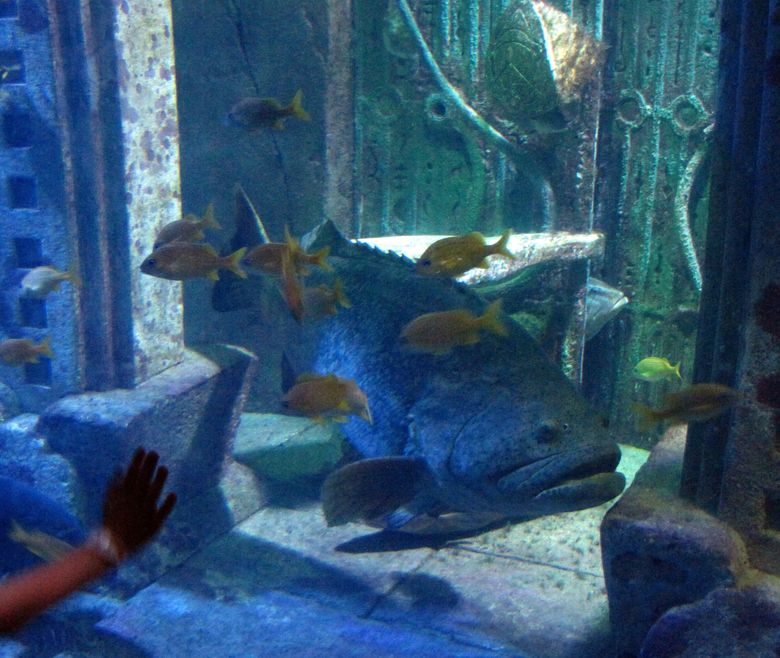
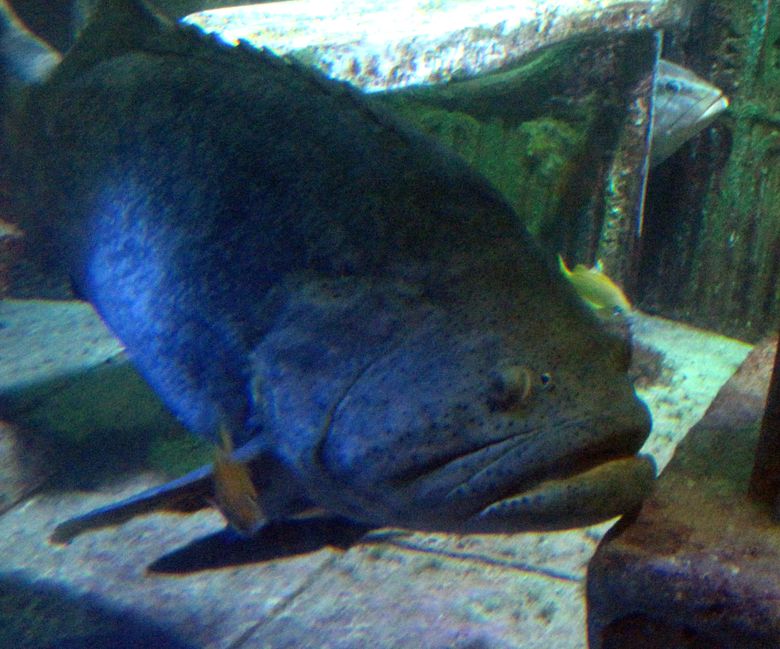
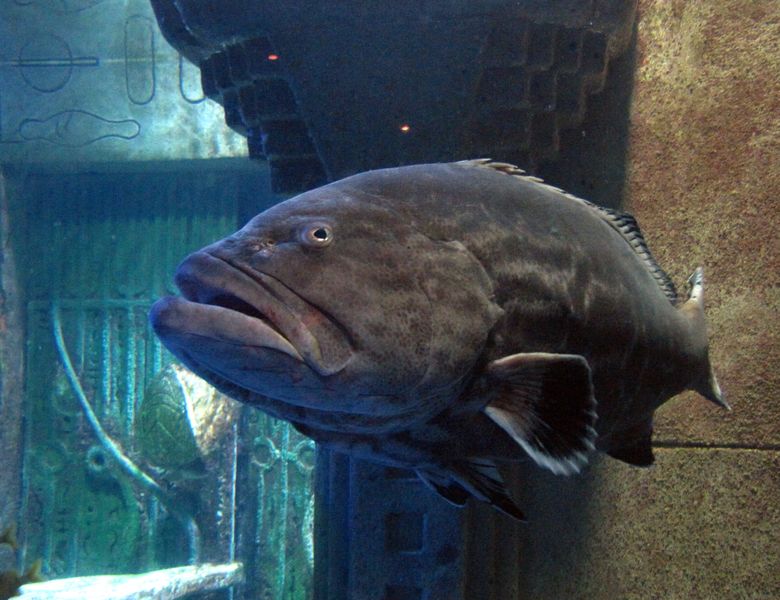
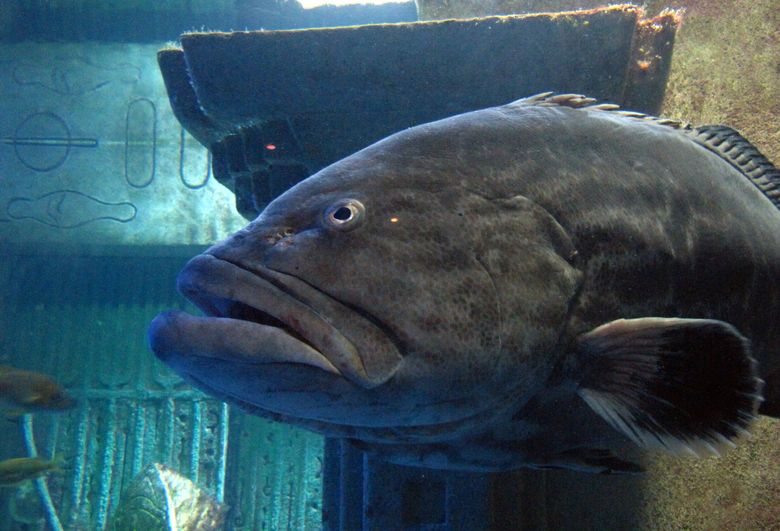
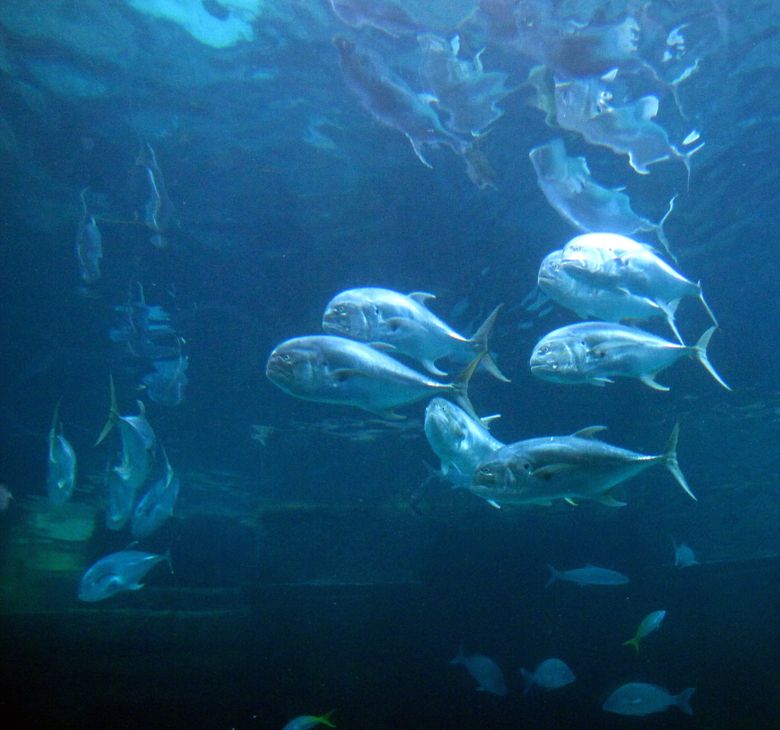
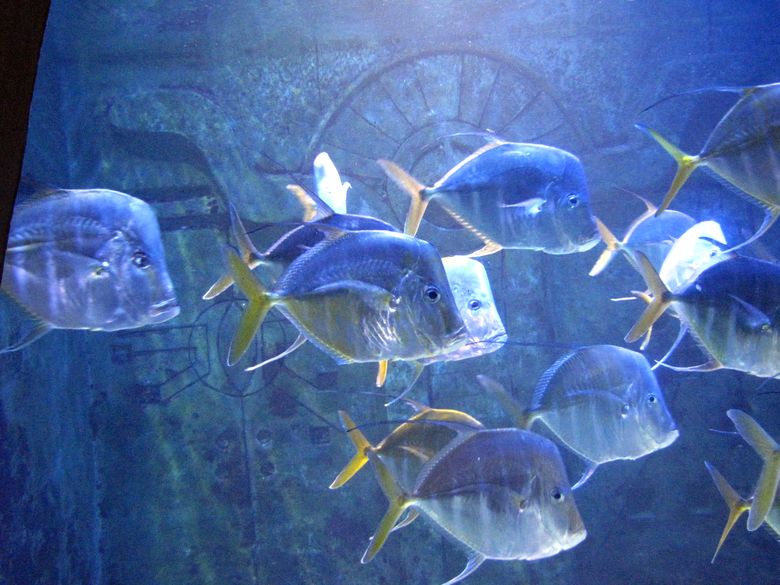
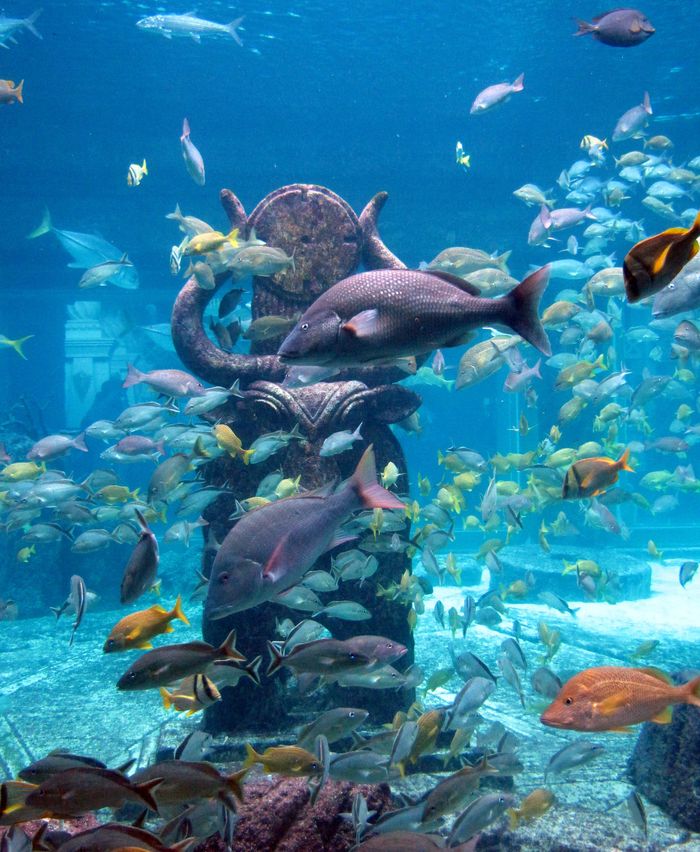

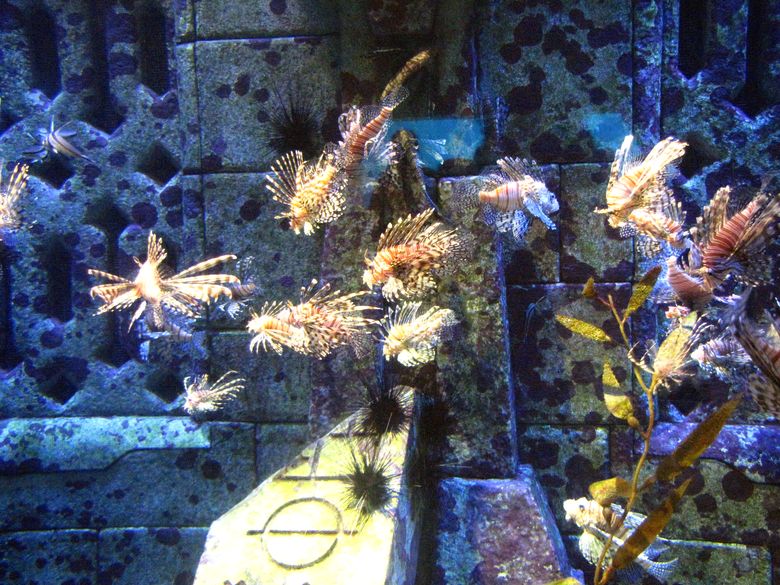
Lionfish Exhibit Once the end of a main street, lionfish Pterois volitans, spotted scorpion fish Scorpaena plumieri, and long-spine urchin Diadema antillarum now call this enclosed area home.
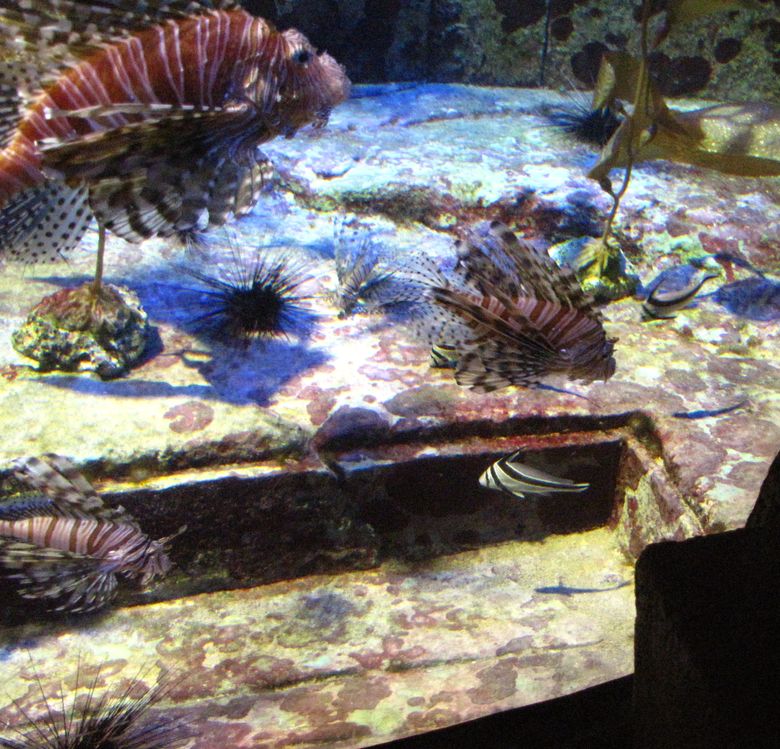
Native to the Indian and Pacific Oceans, lionfish have become an invasive species in The Bahamas, outcompeting native species of fish.
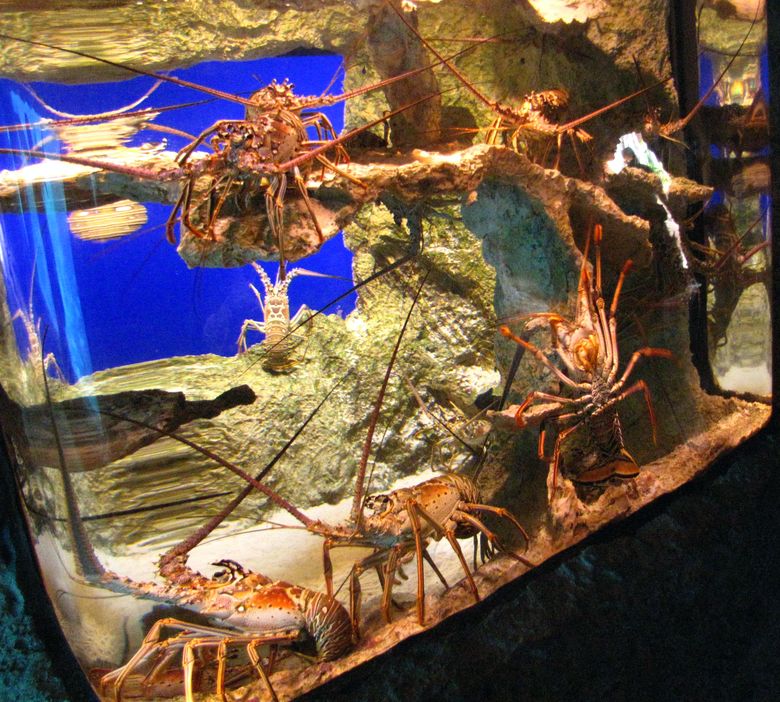
Lobster exhibit Once used by the Atlanteans for waste disposal, this site has now been taken over by spiny lobster Panulirus argus and slipper lobster Scyllarides aequinoctialis. These reef dwellers grow by molting. This occurs when the shell, or exoskeleton, splits apart, exposing the new shell that has developed under it.
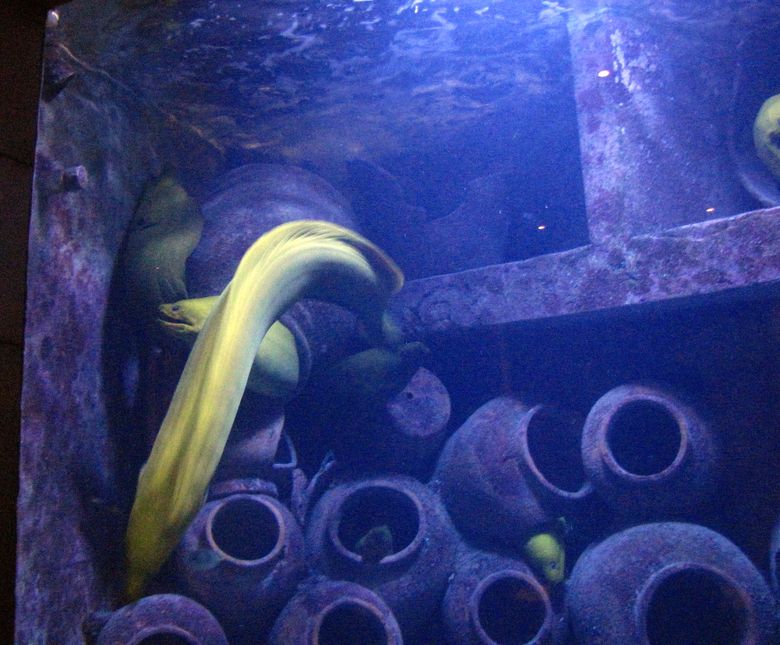
Moray Eel Exhibit This storage room for Atlantean pots and urns has become the perfect home for green moray eels Gymnothorax funebris. Eels are actually fish. The green color of these animals is produced by a yellow mucous layer, which overlays the darker blue skin. They grow to an impressive length of 6 ft.
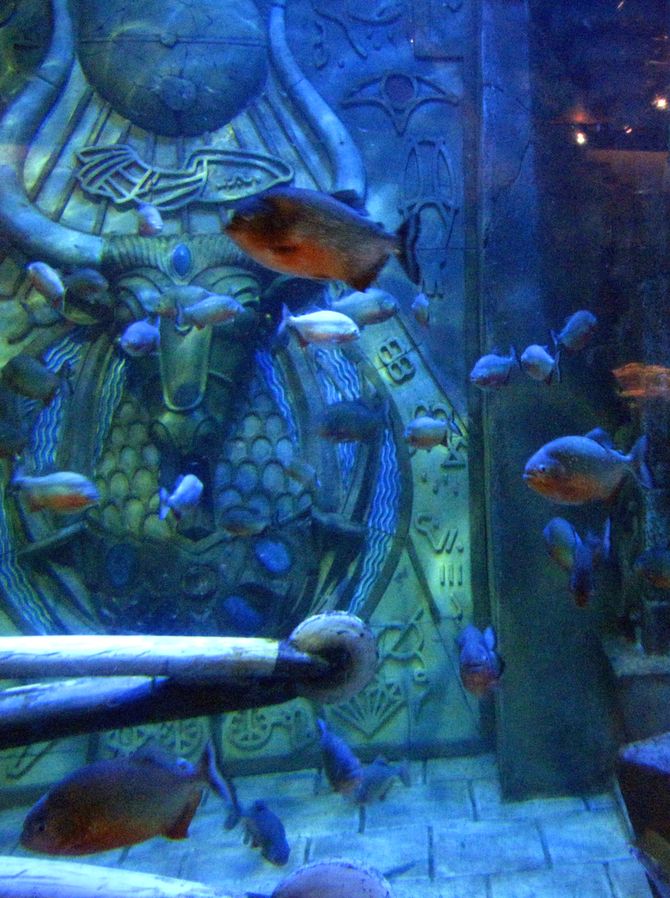
Piranha exhibit This vault-like chamber is where the Atlanteans would have stored their treasures and scientific records.
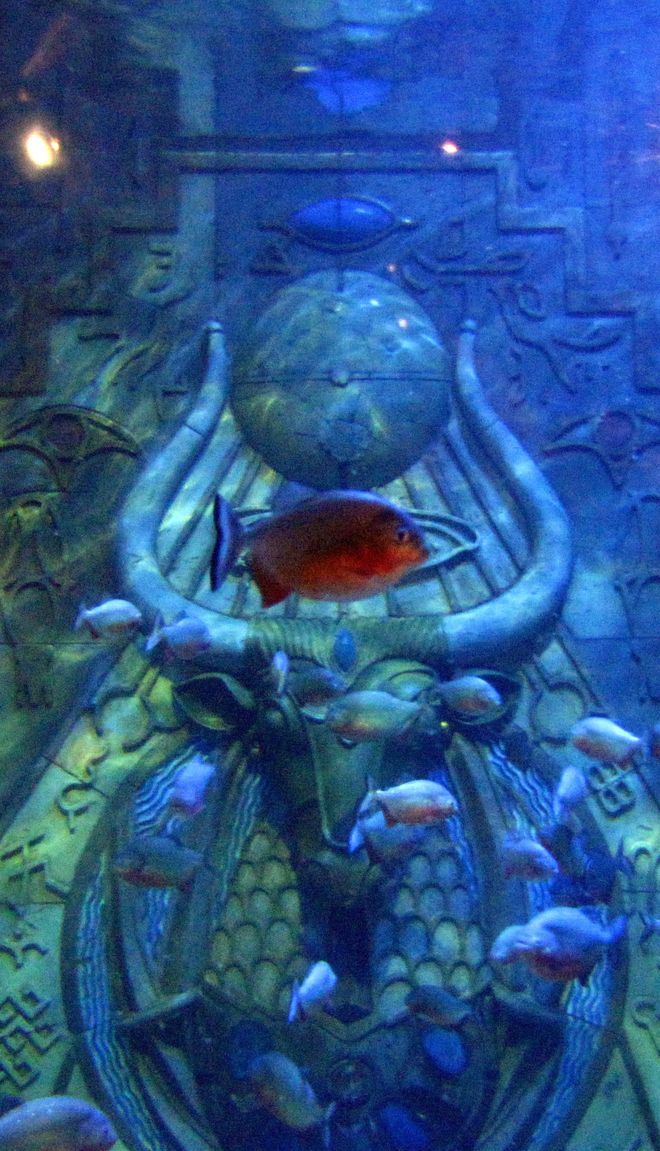
Contrary to movie story lines, piranhas Pygocentrus nattereri do not mindlessly attack people and other animals as they enter the water. When hungry, these fish tend to attack weak and injured animals.
Back in the Casino
